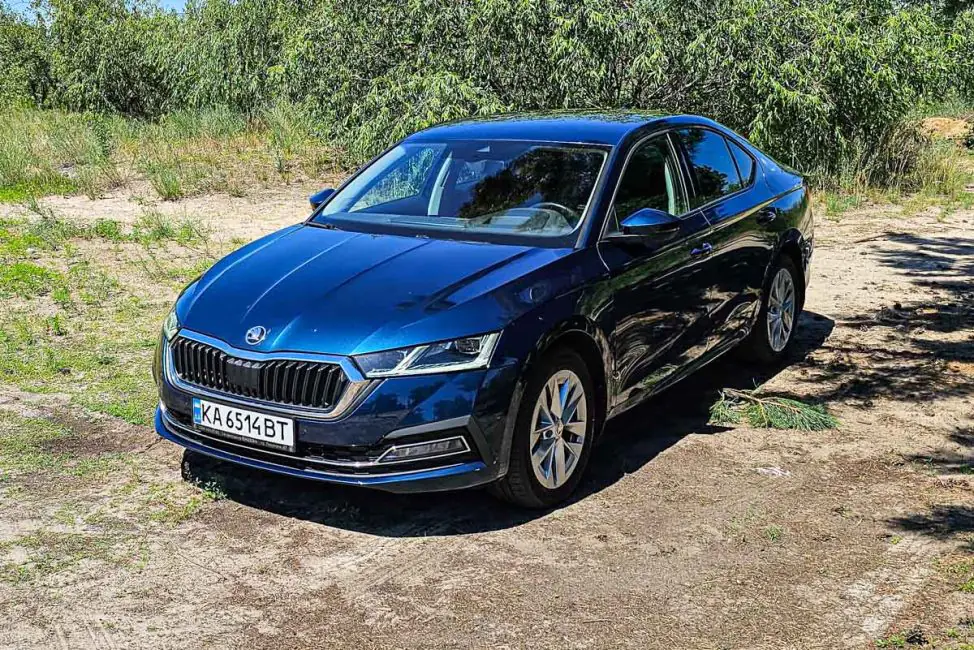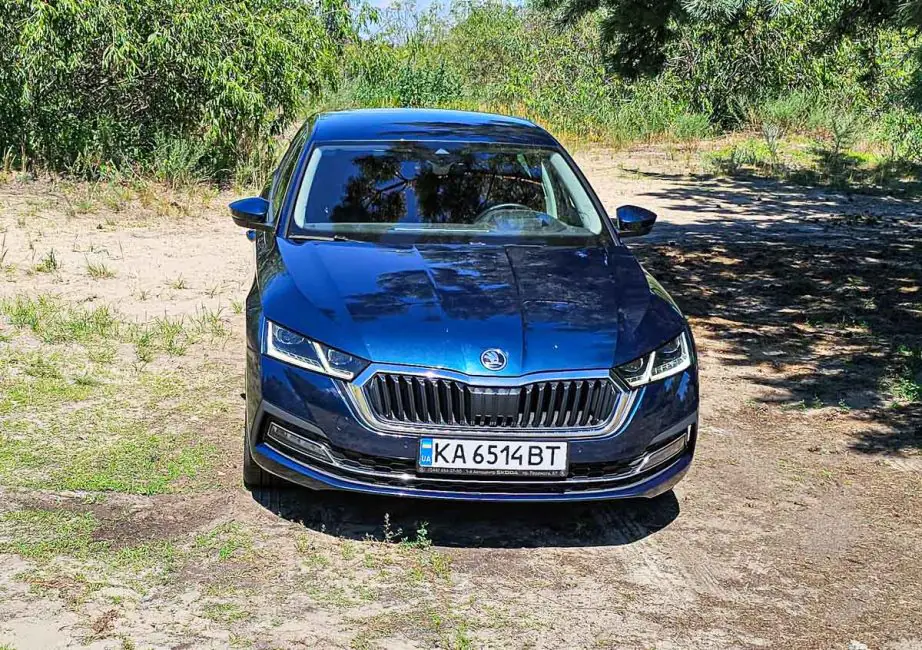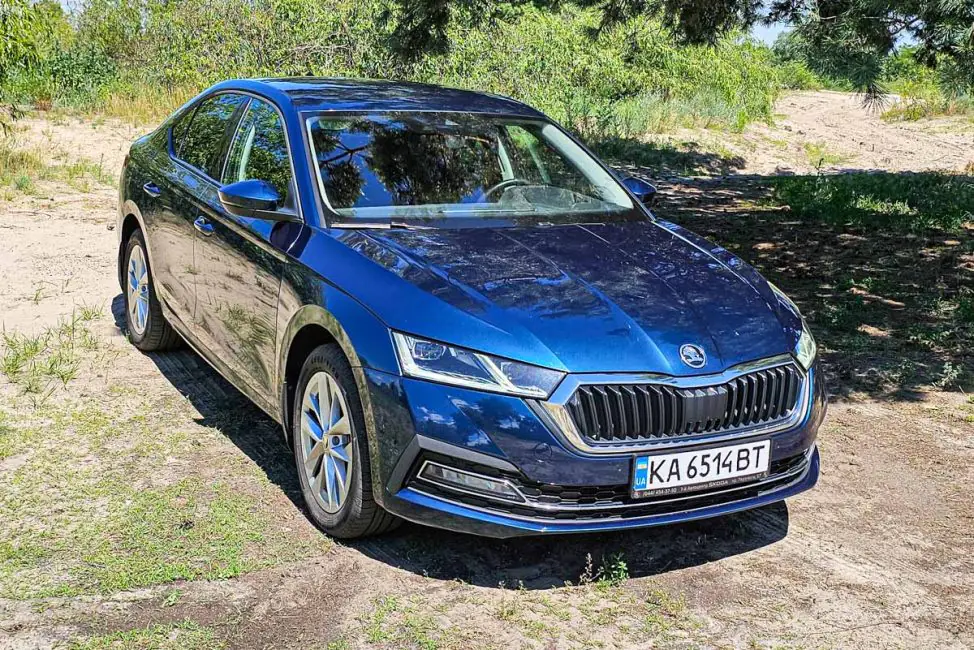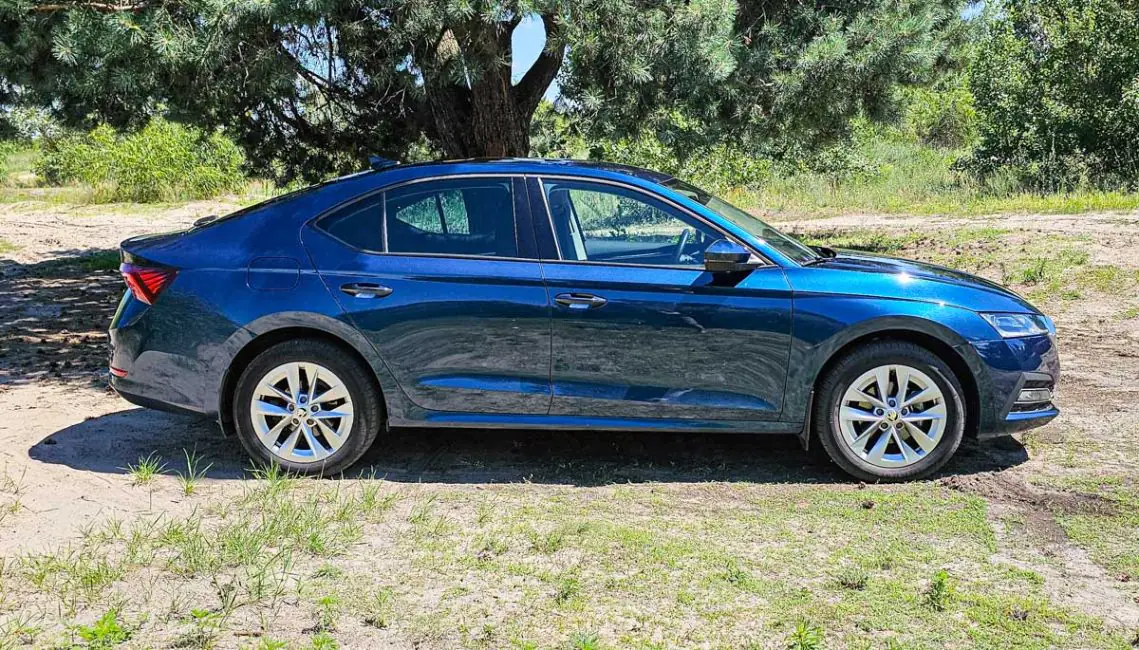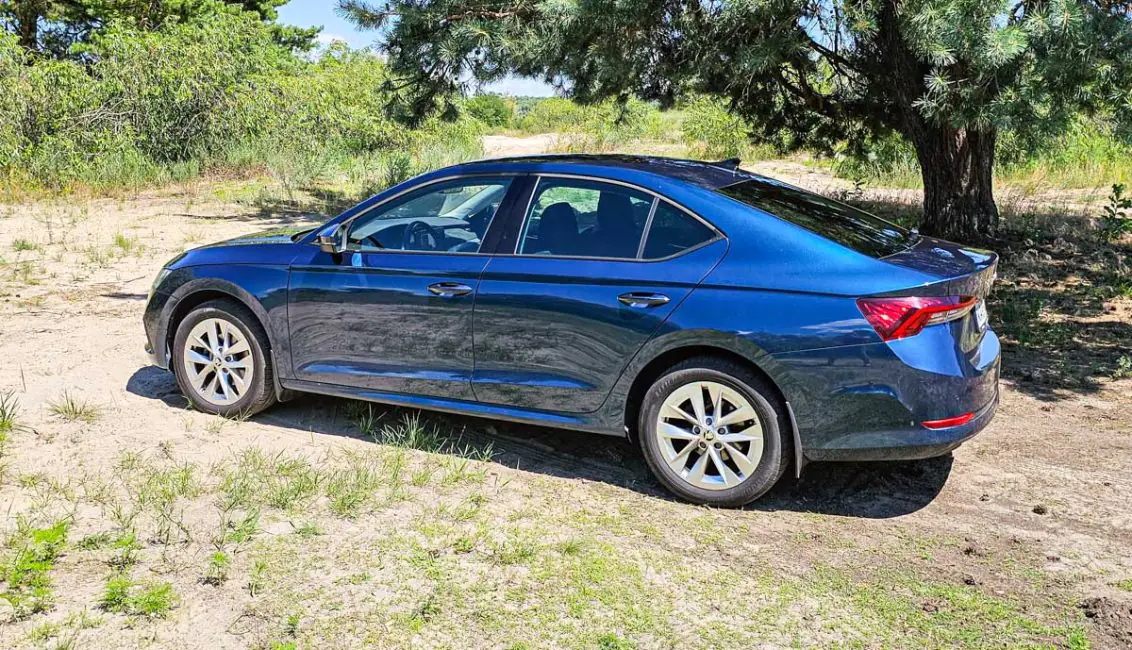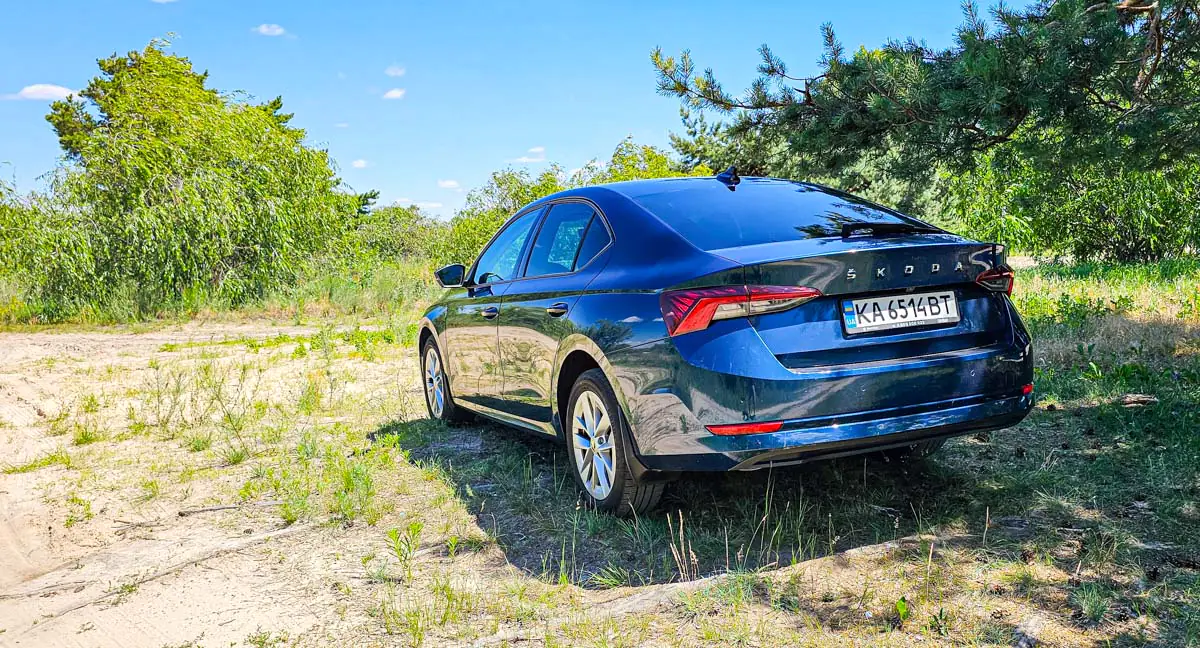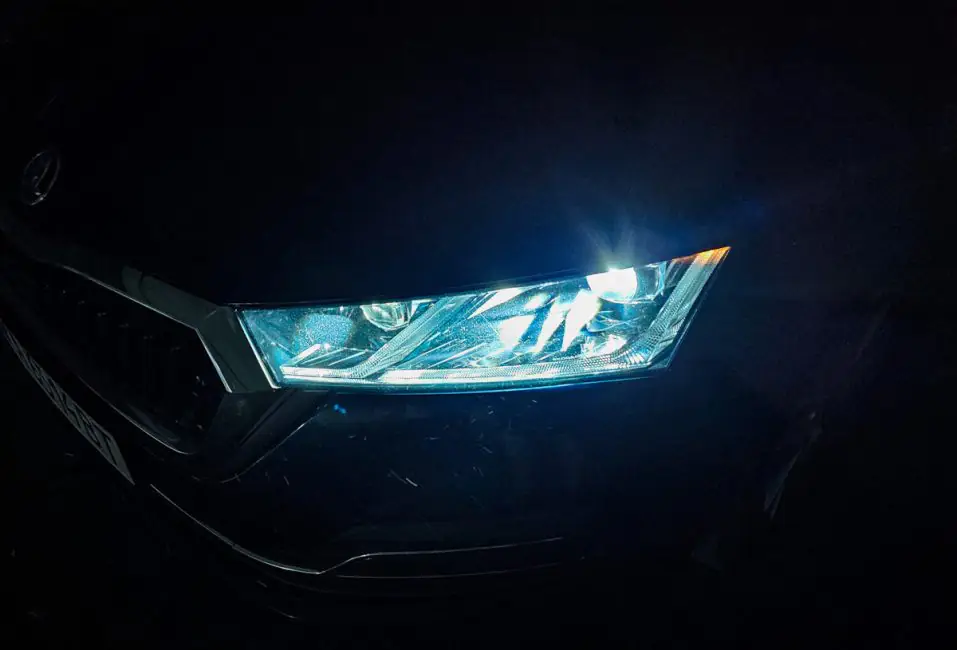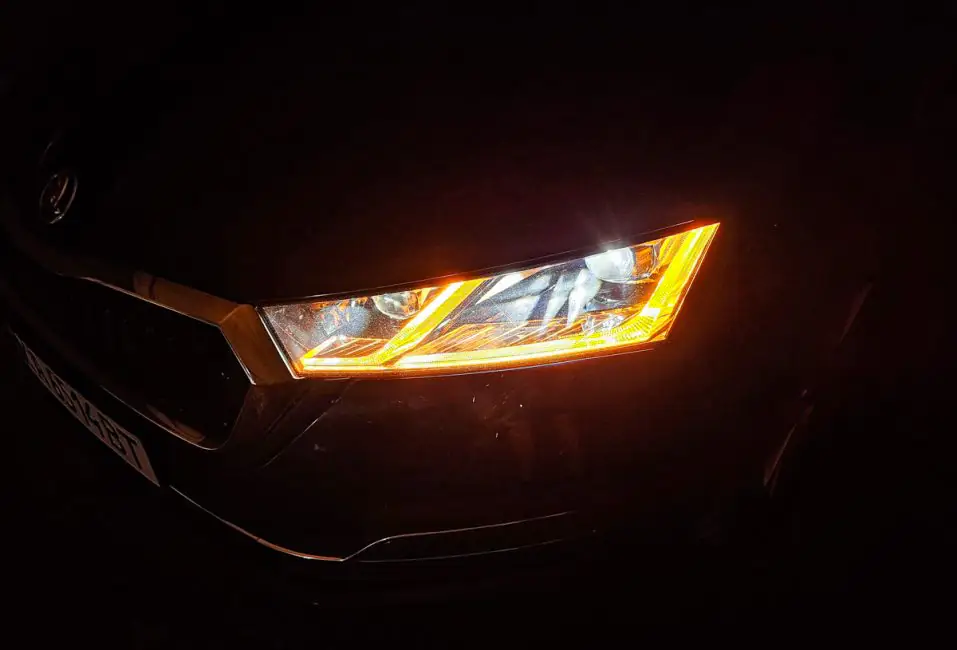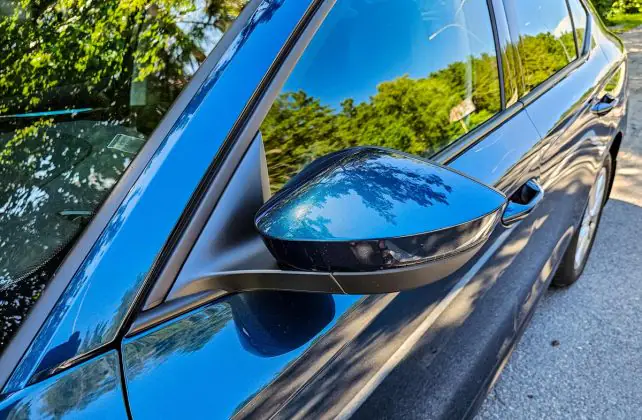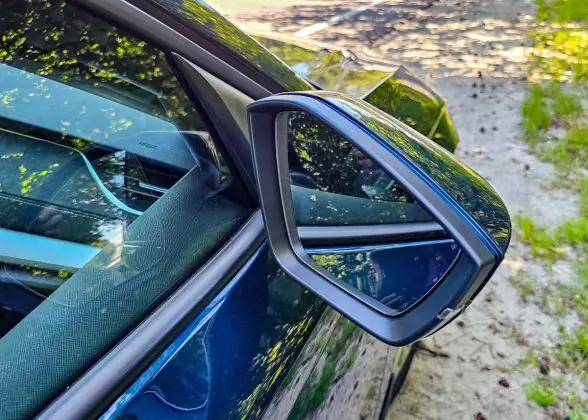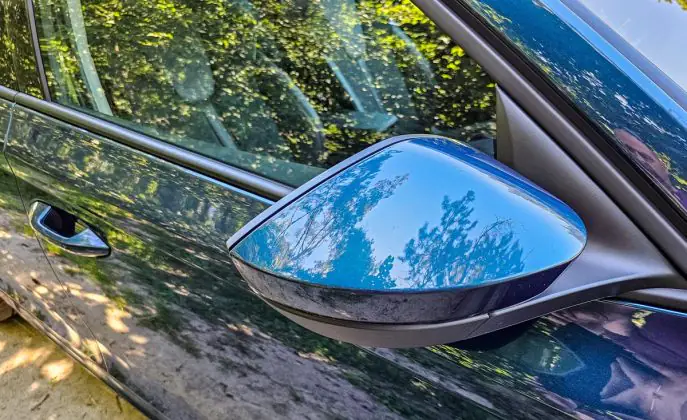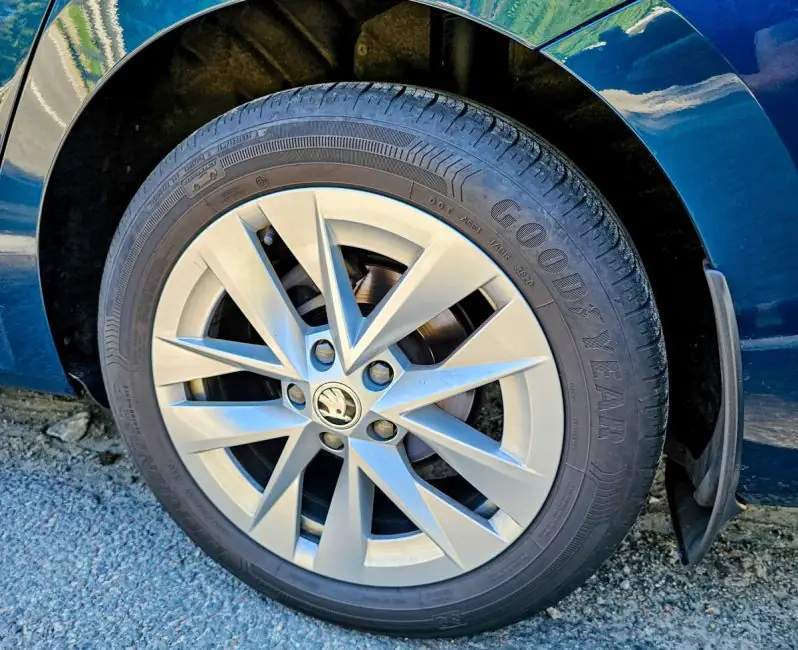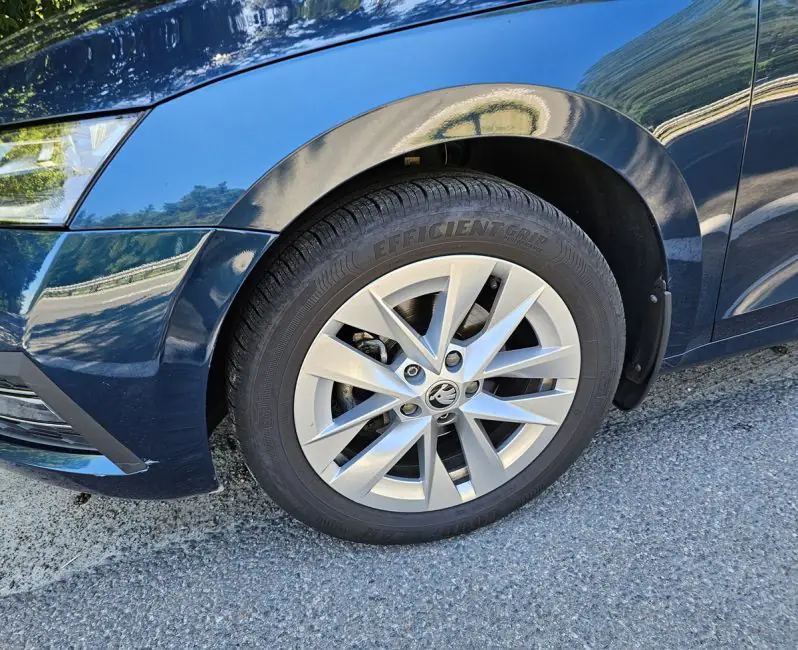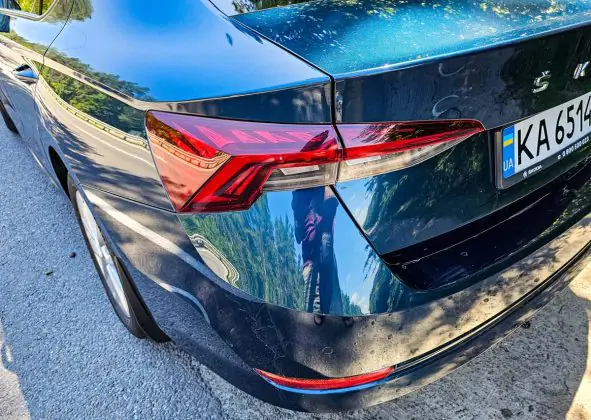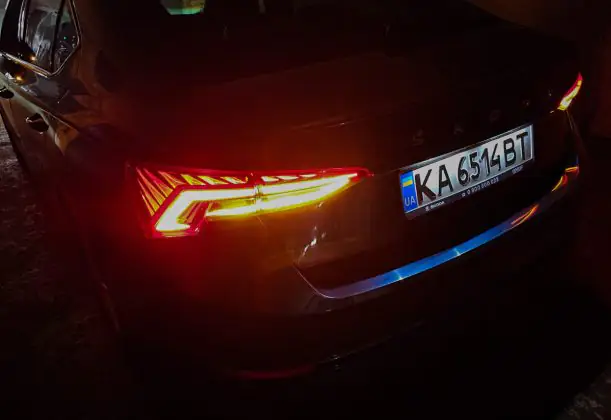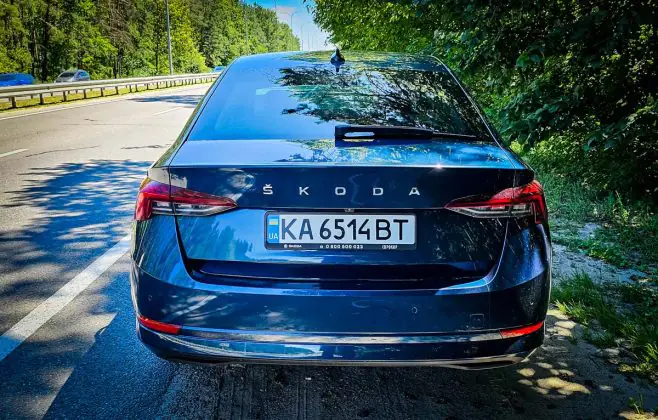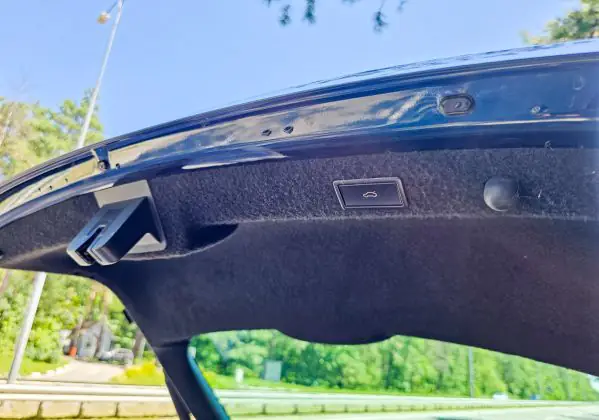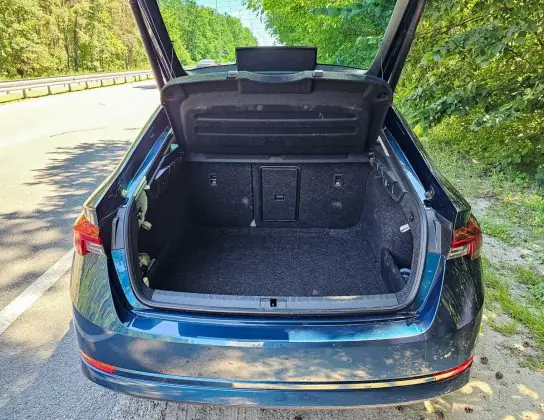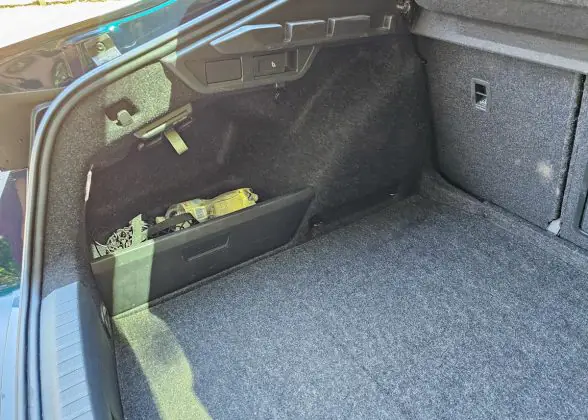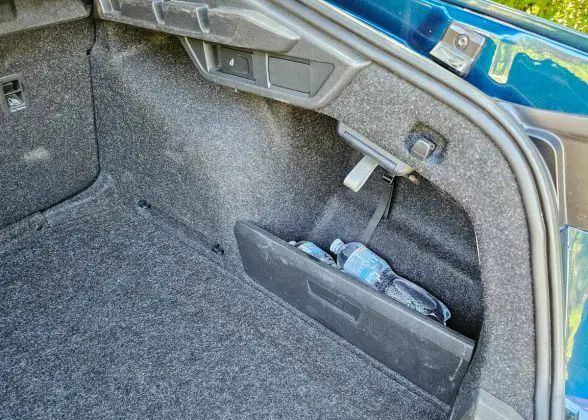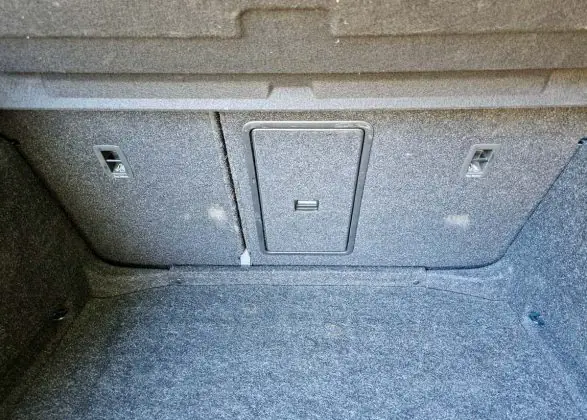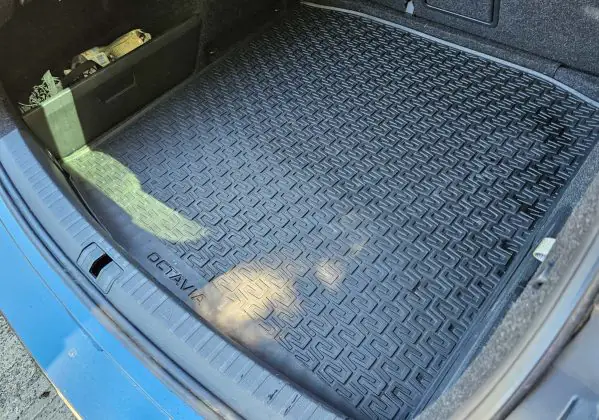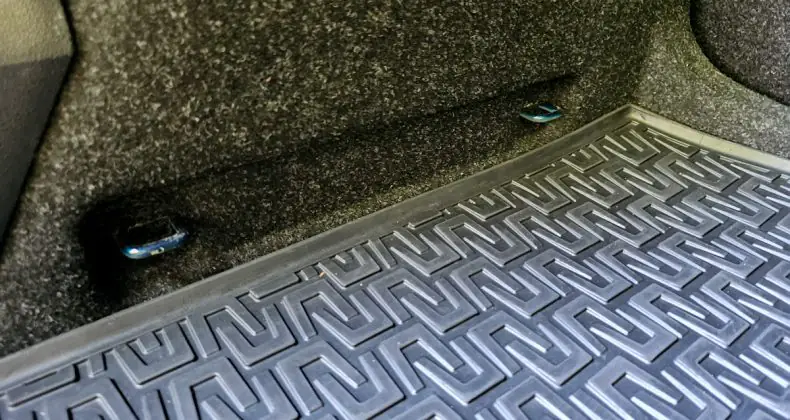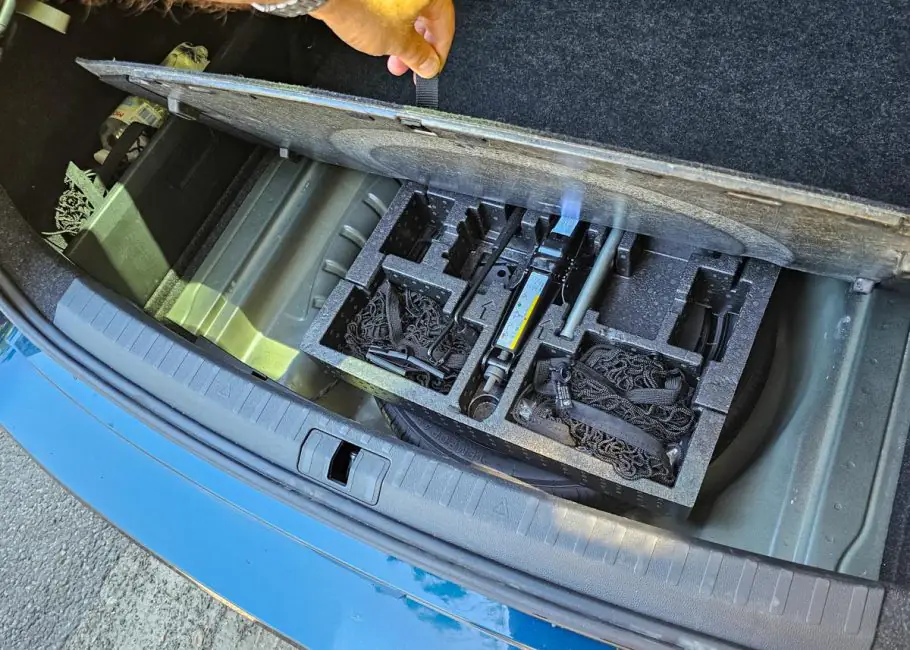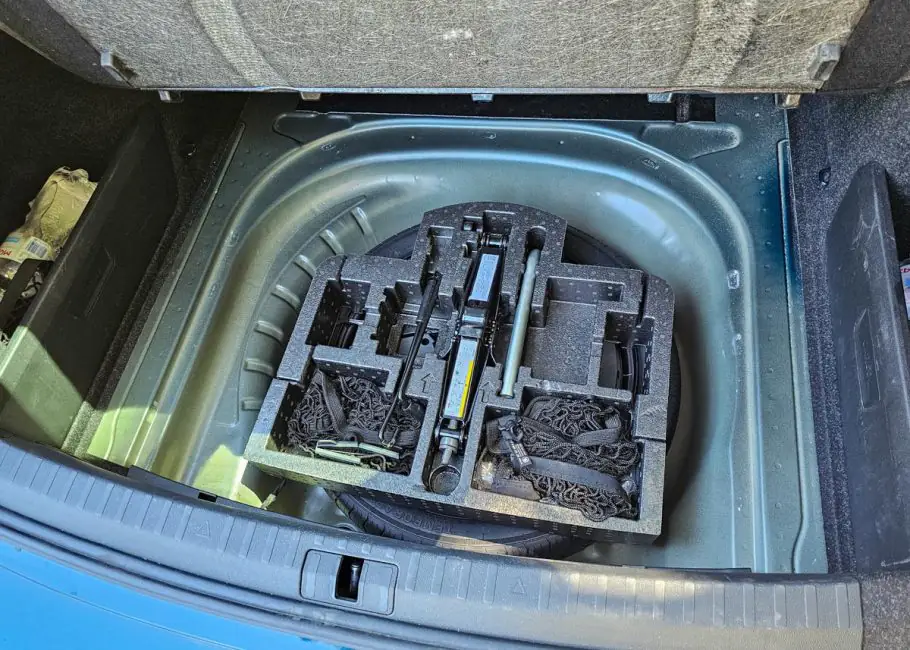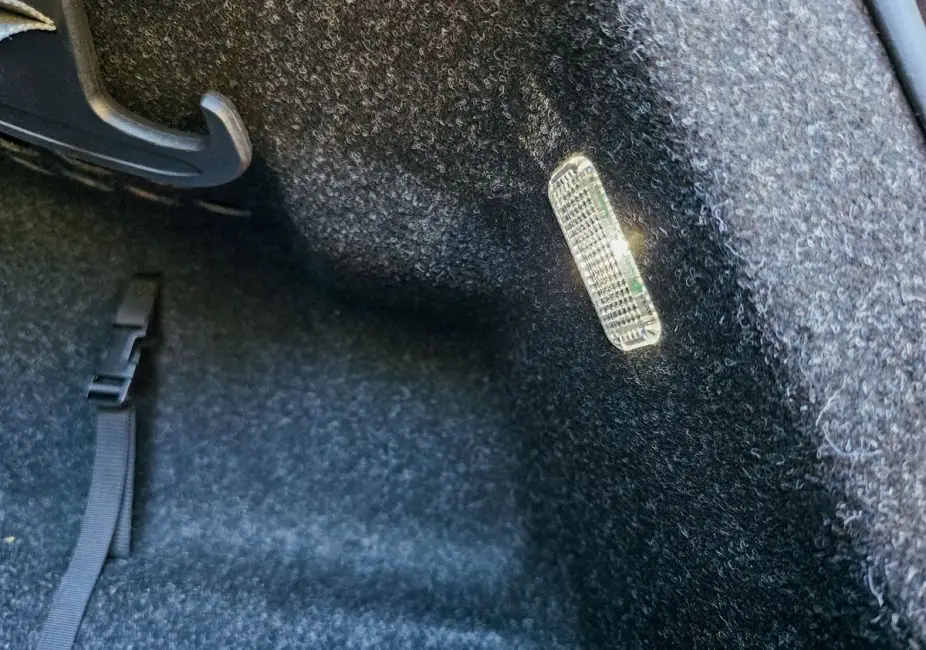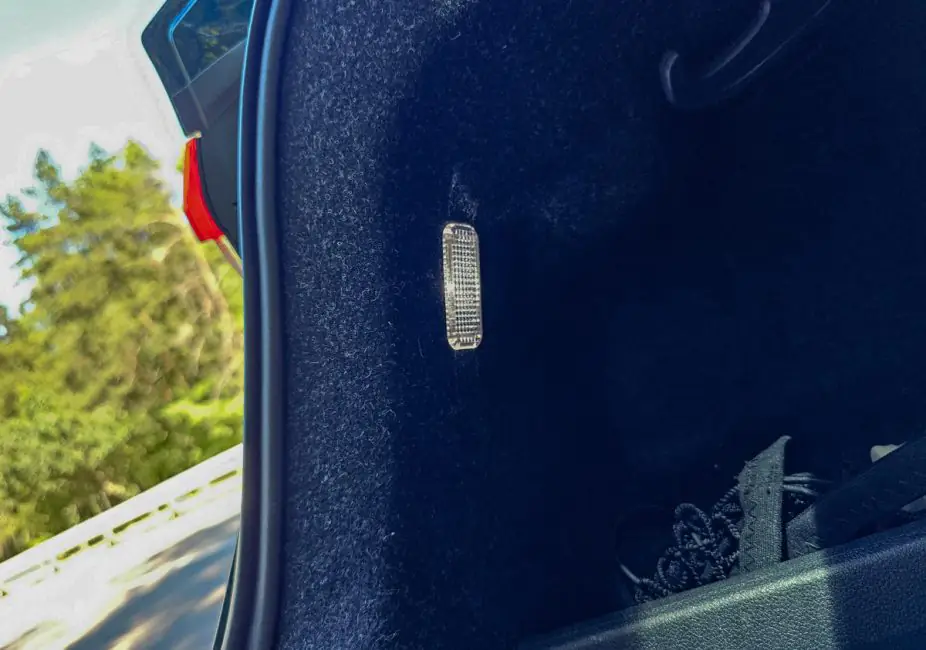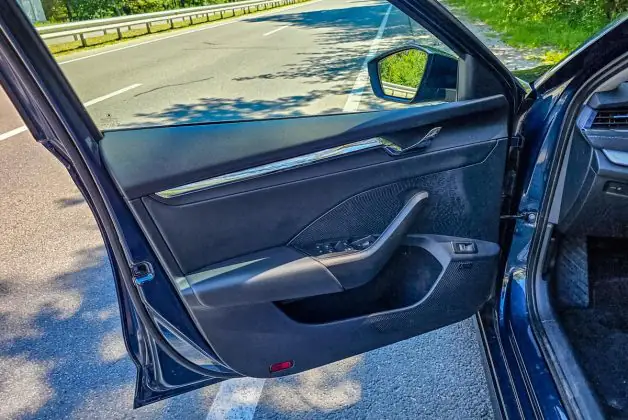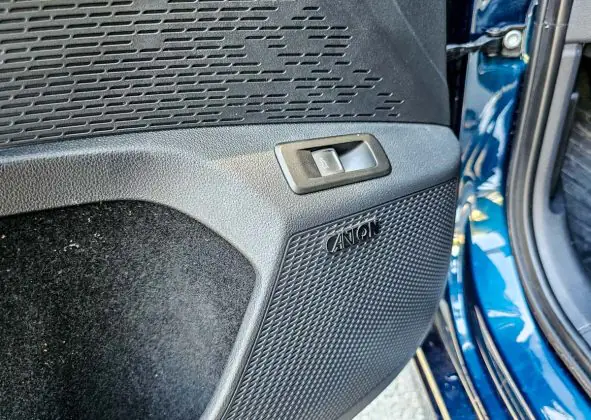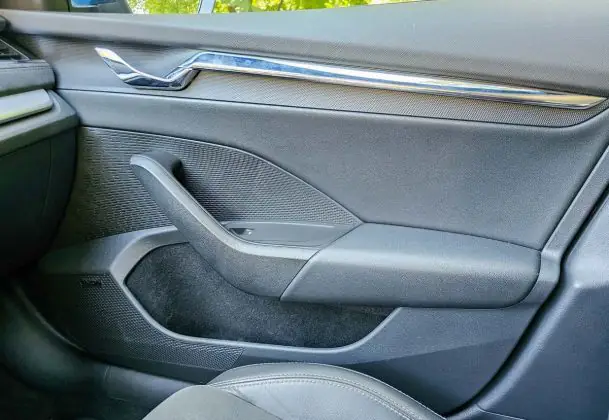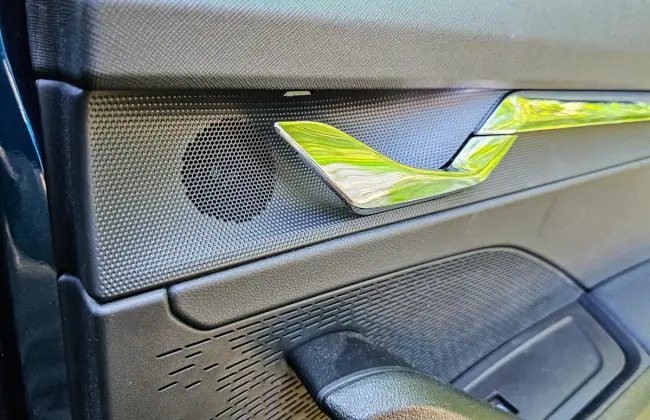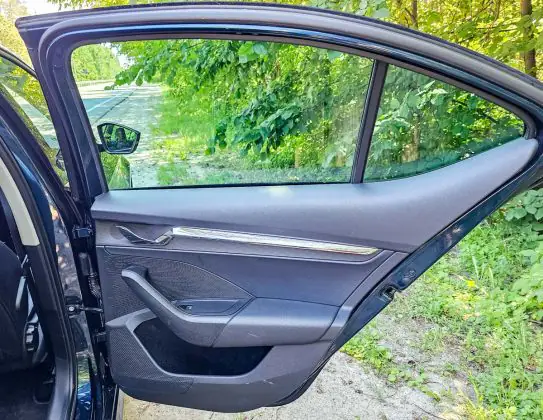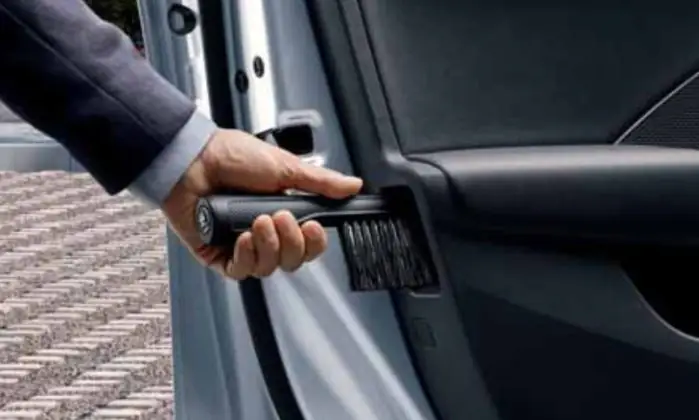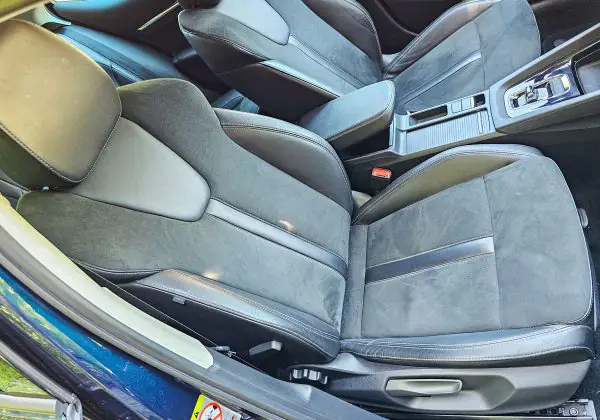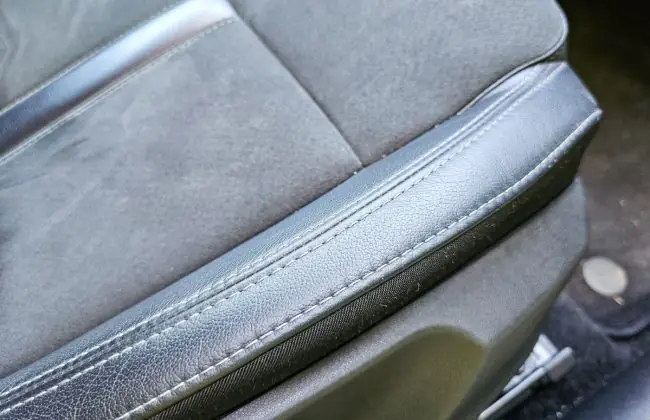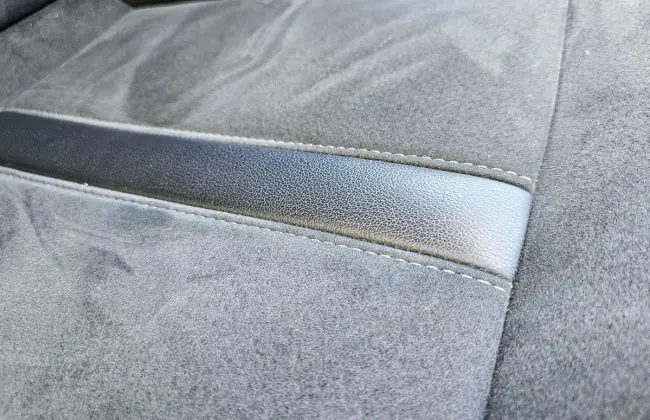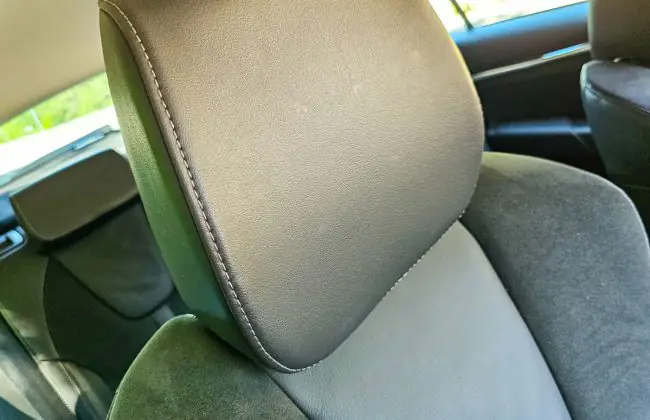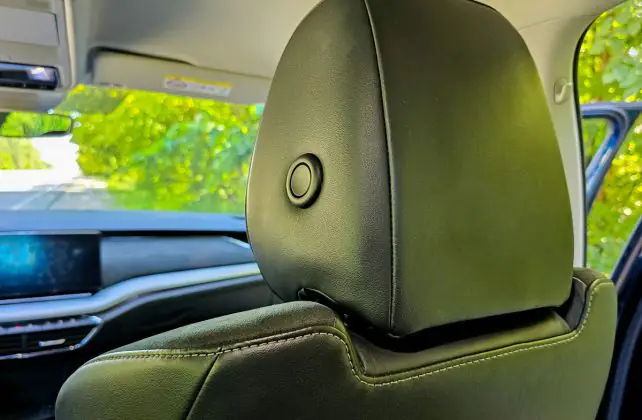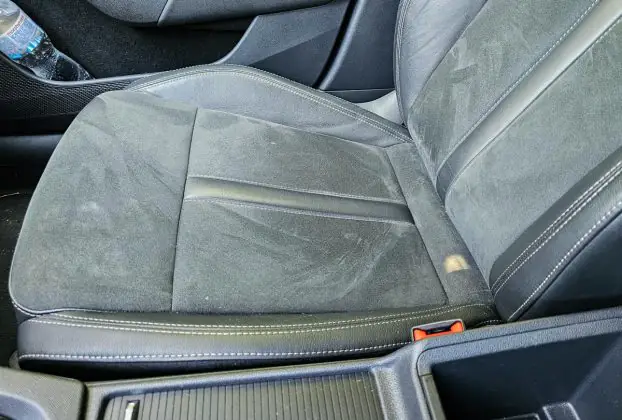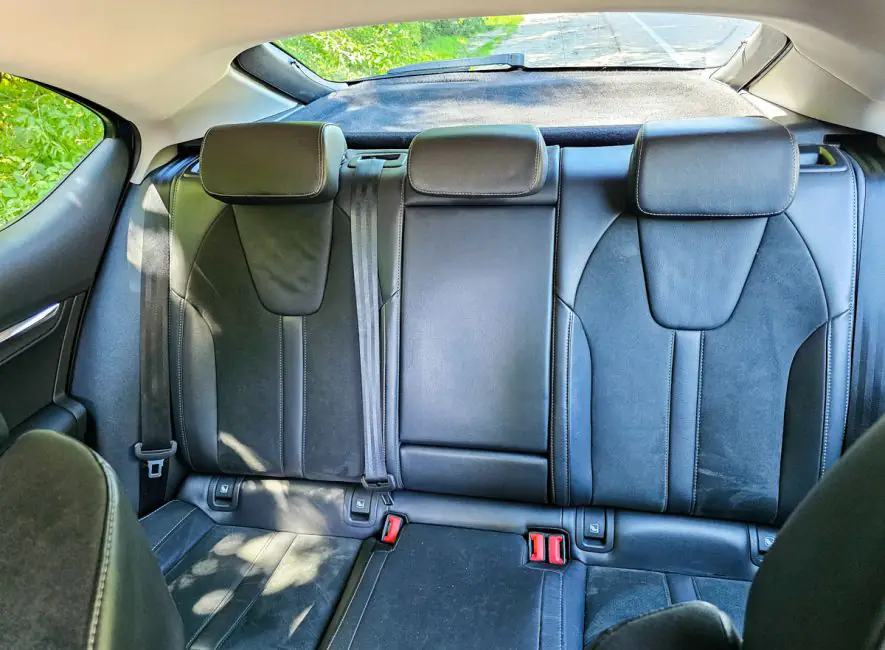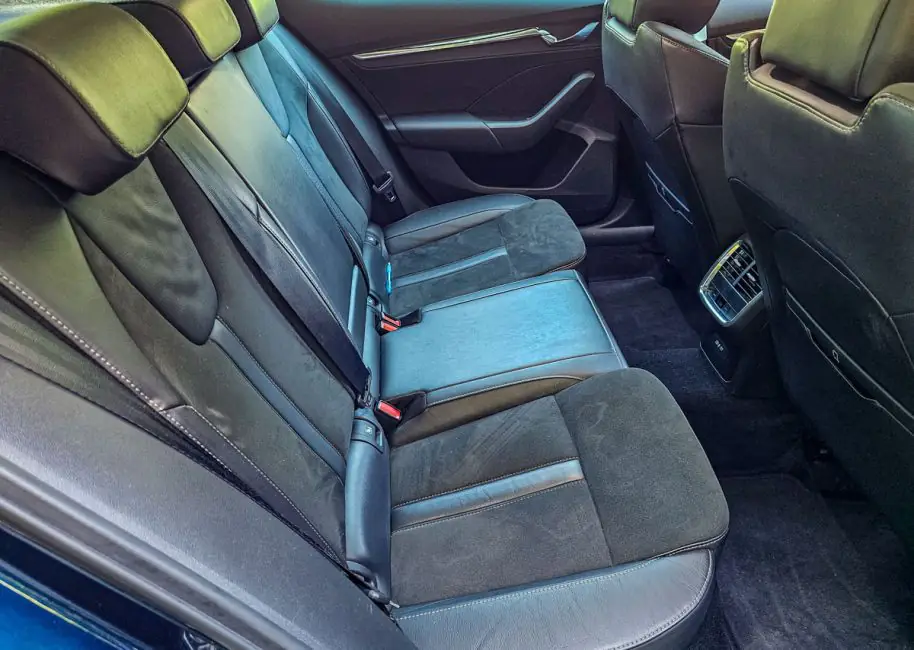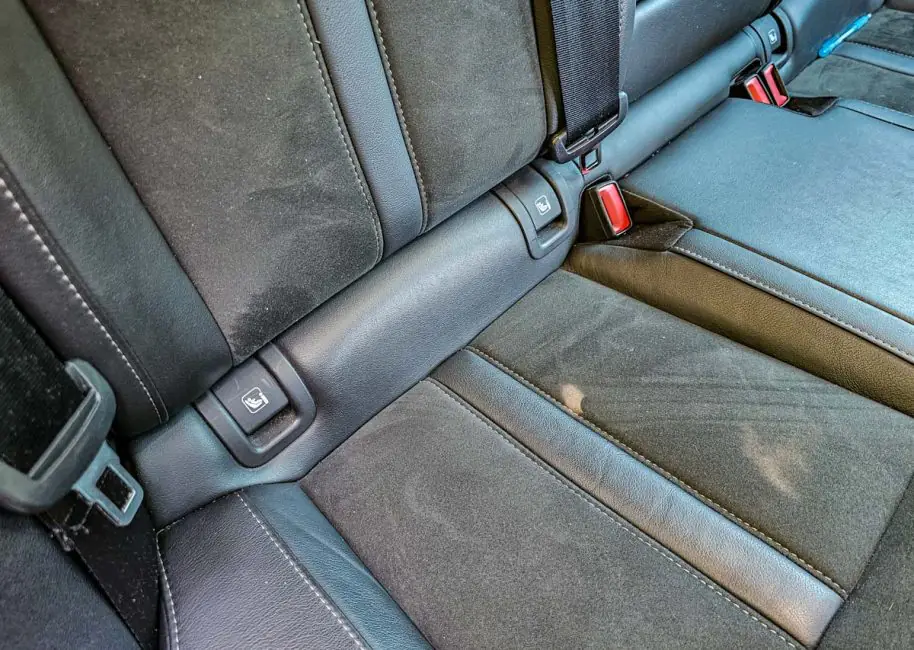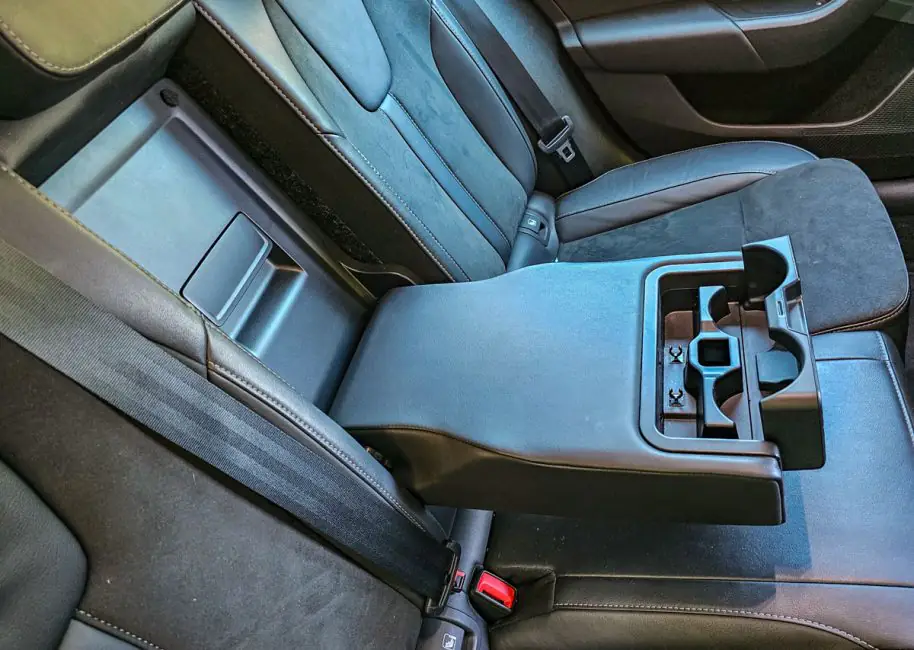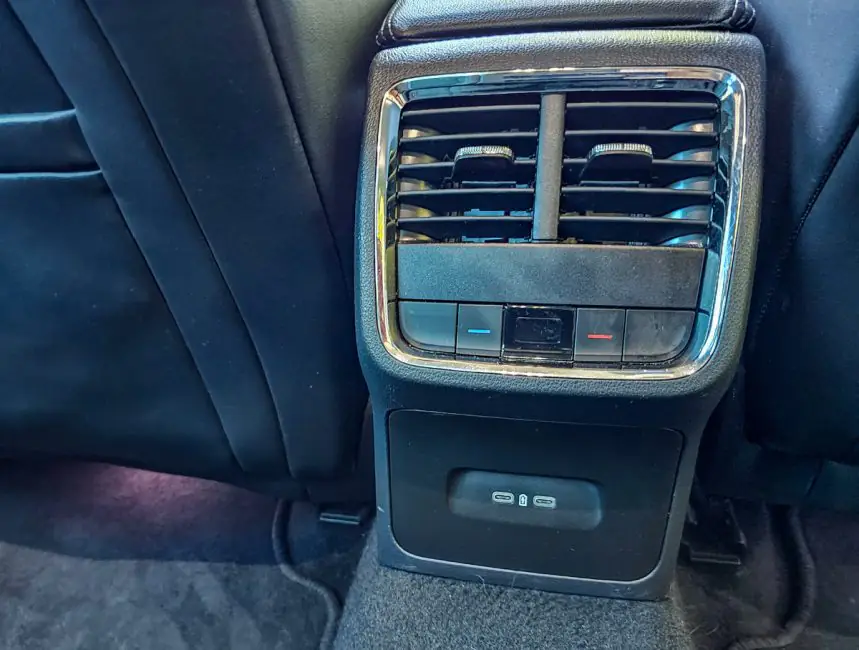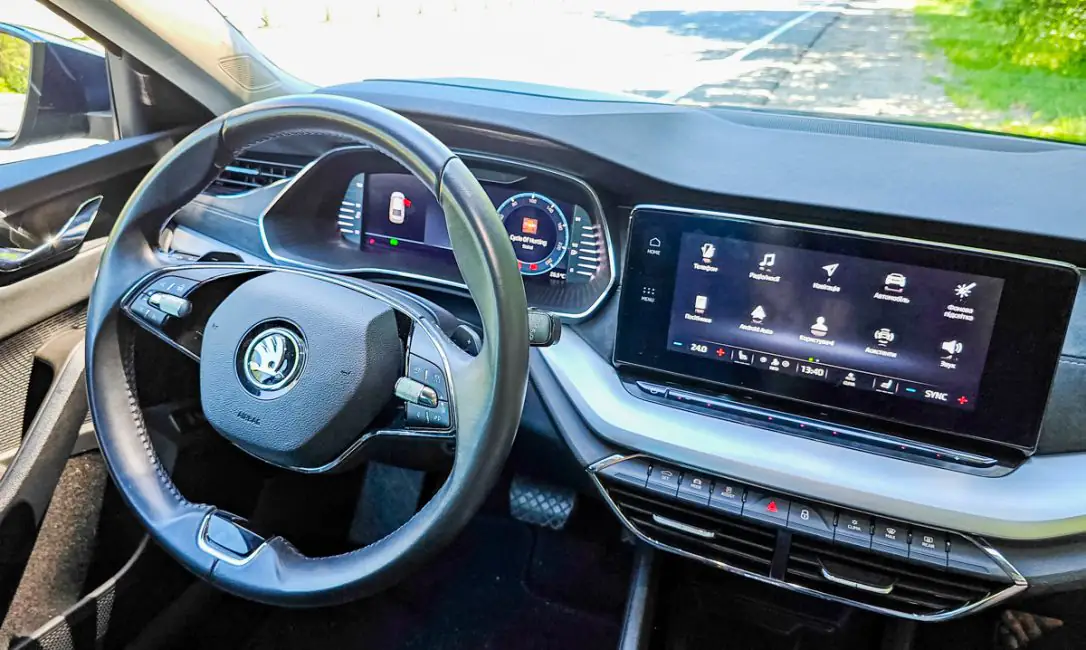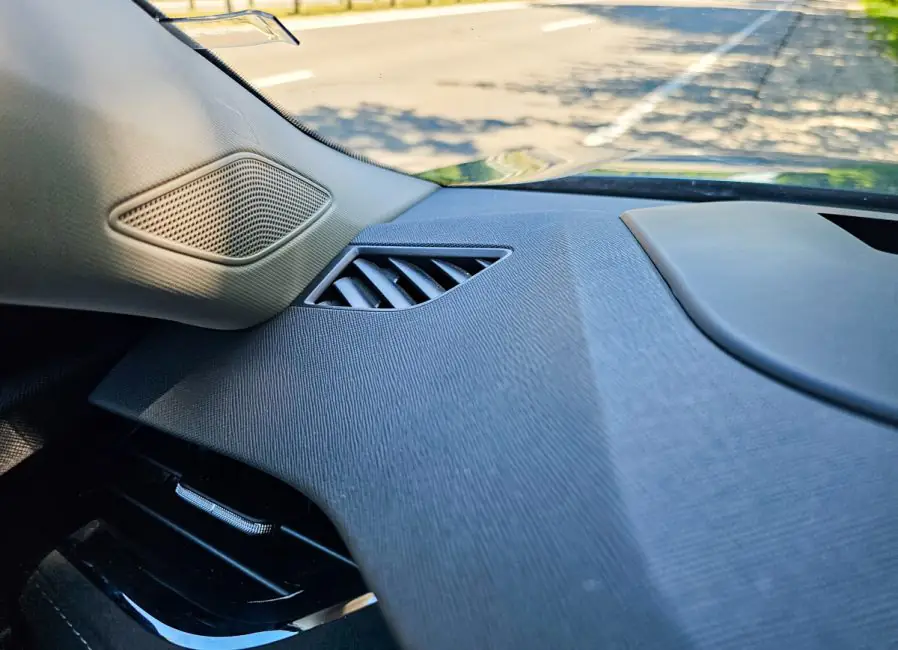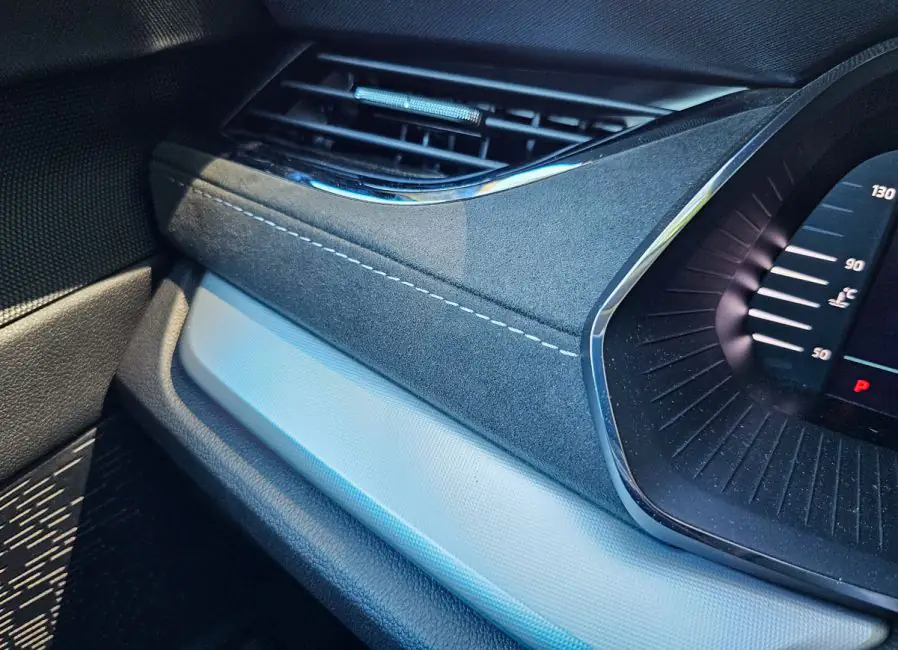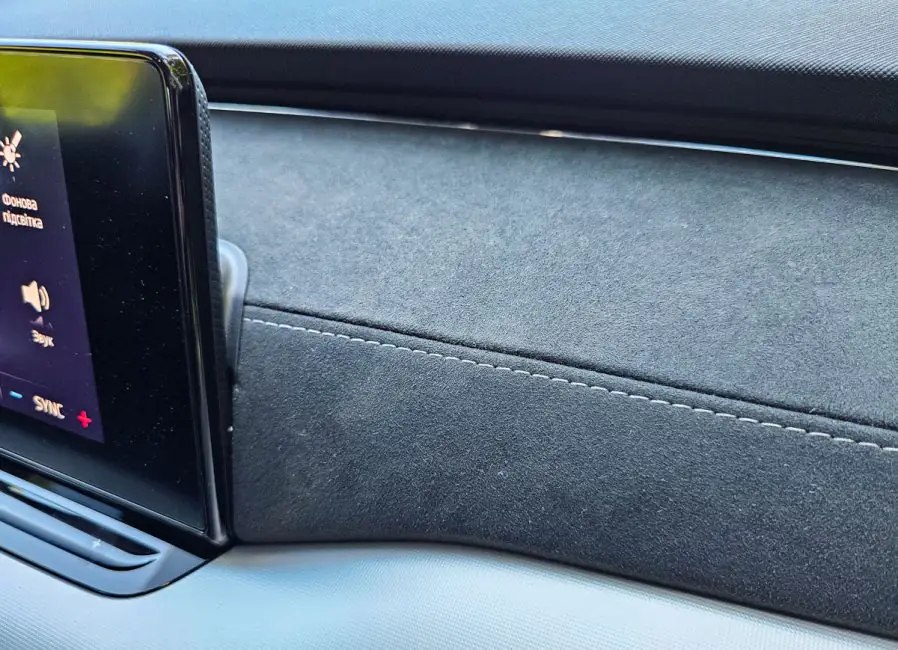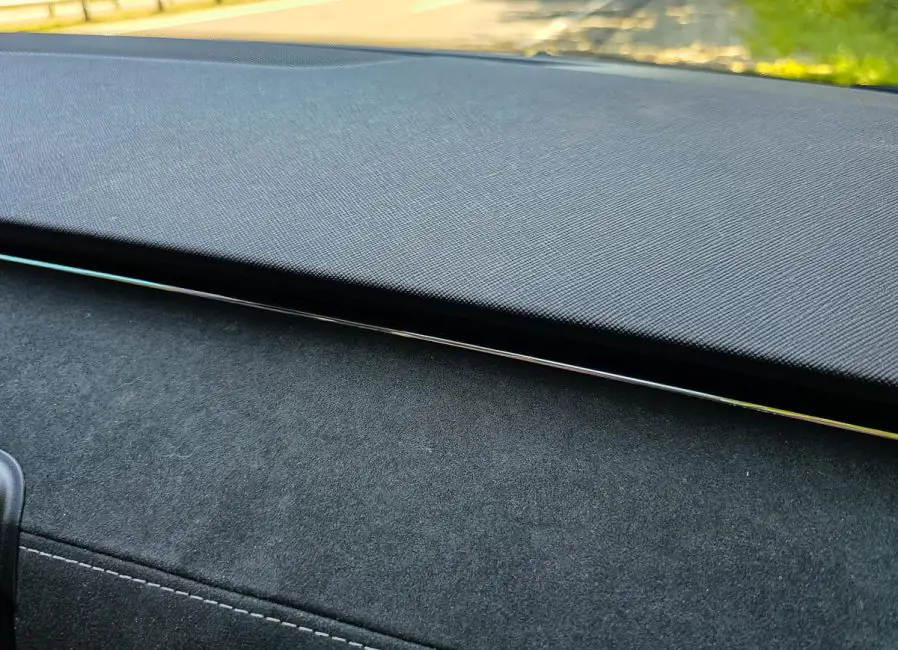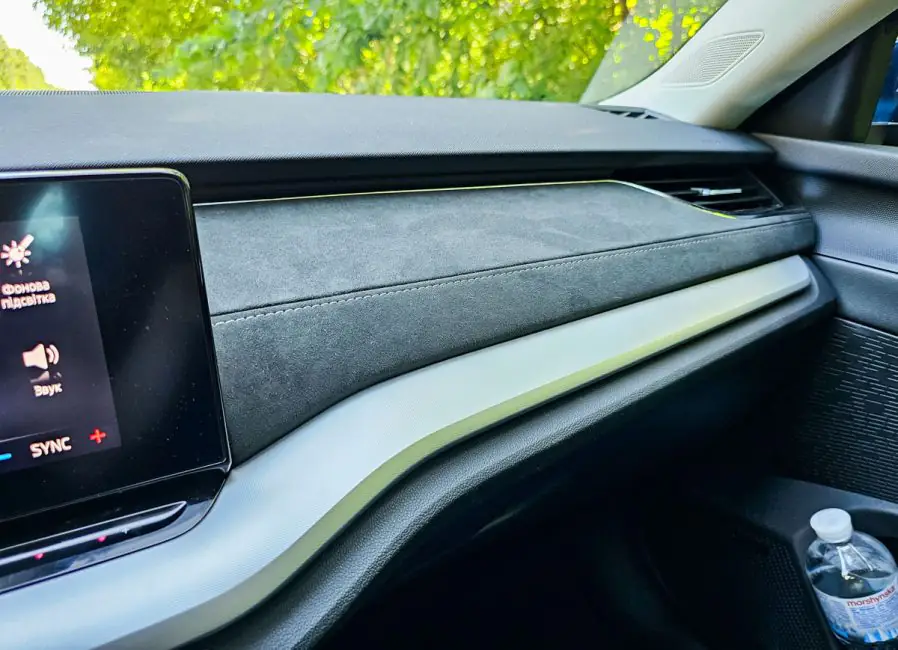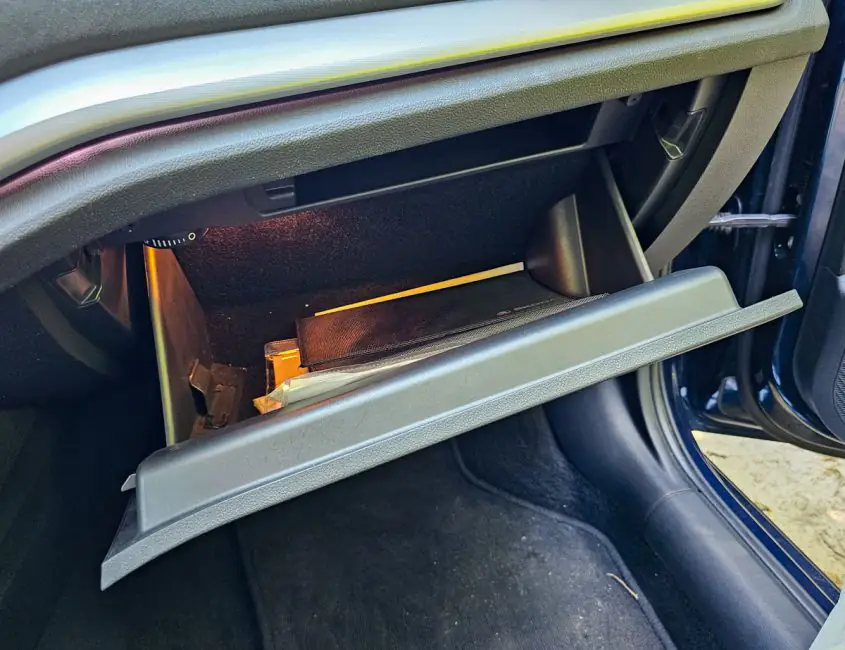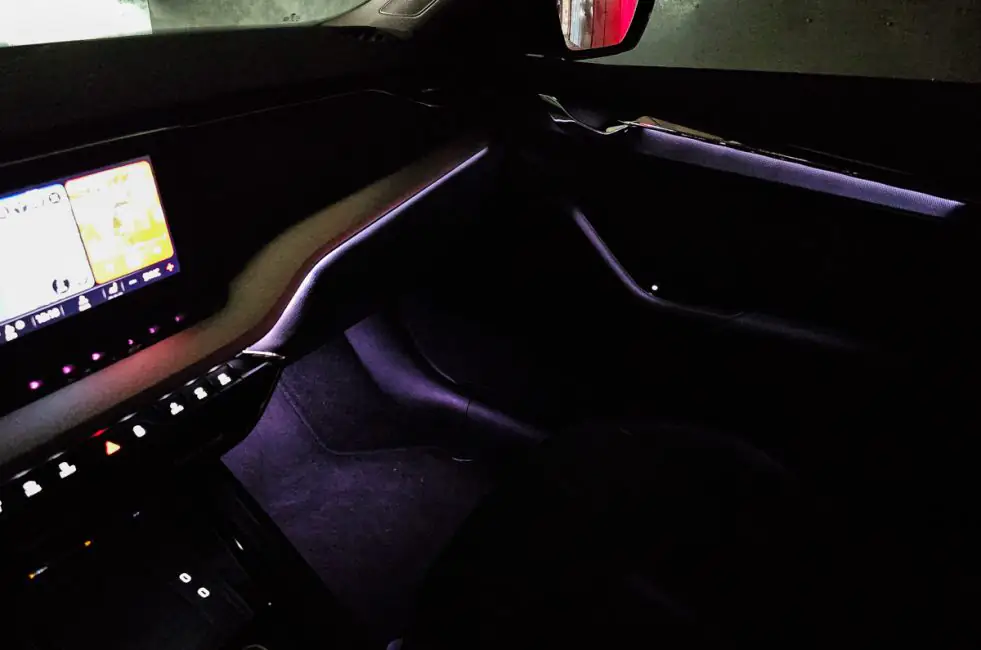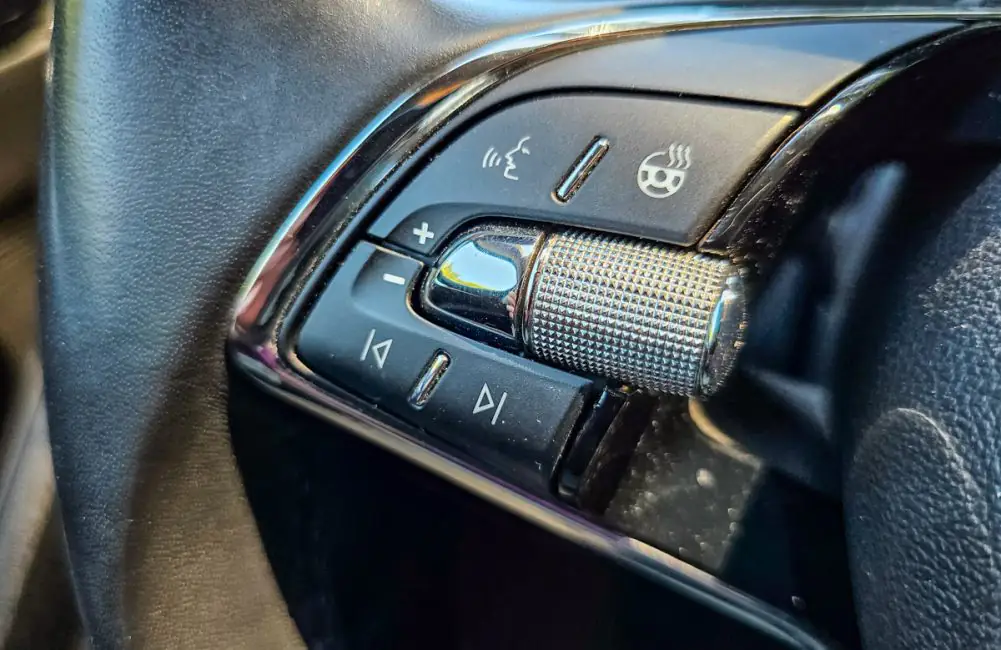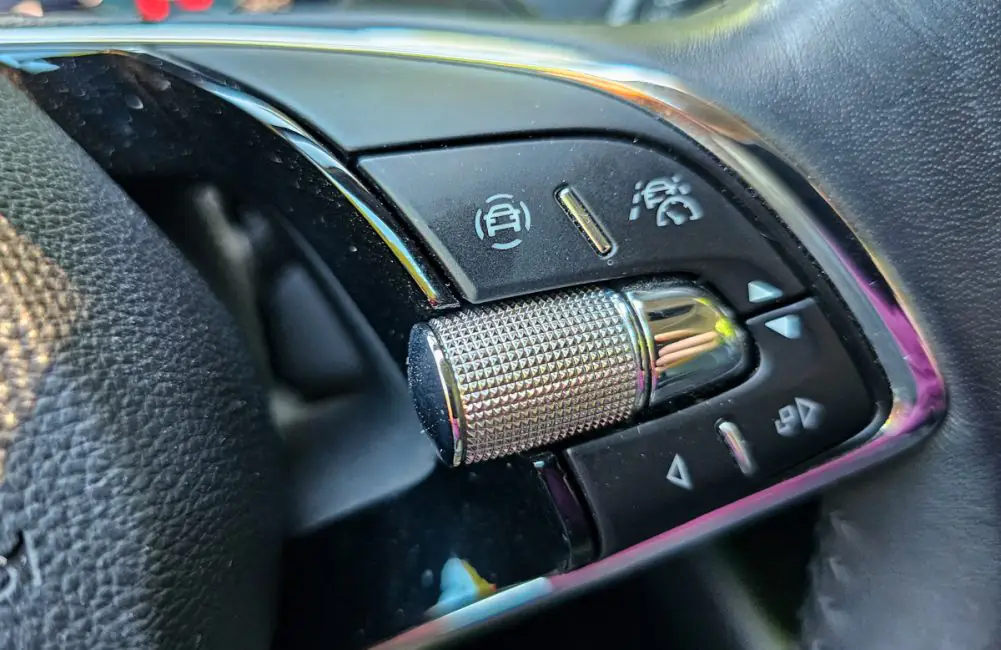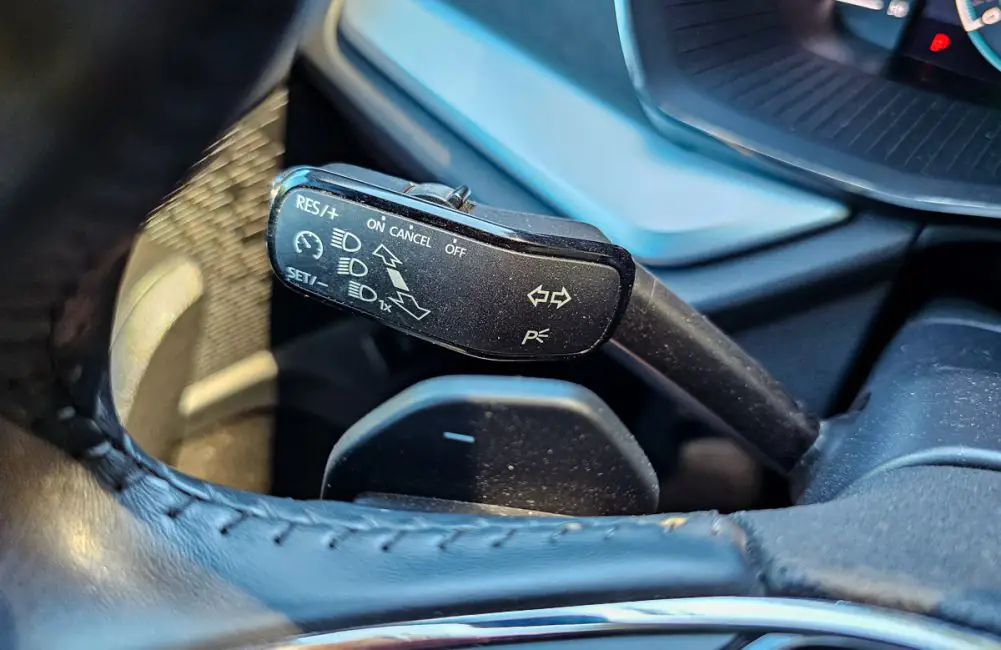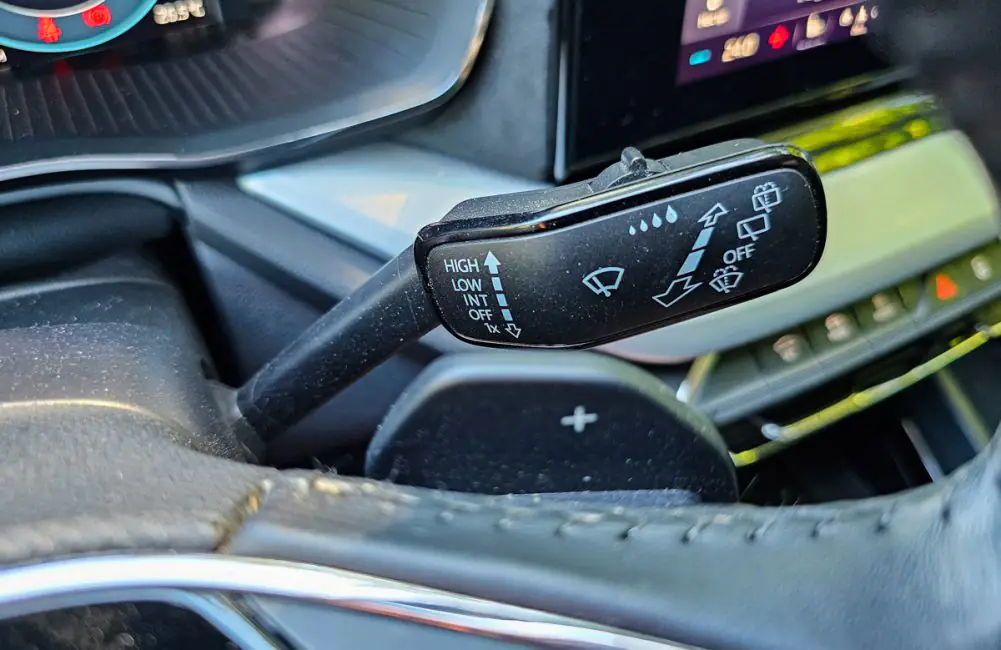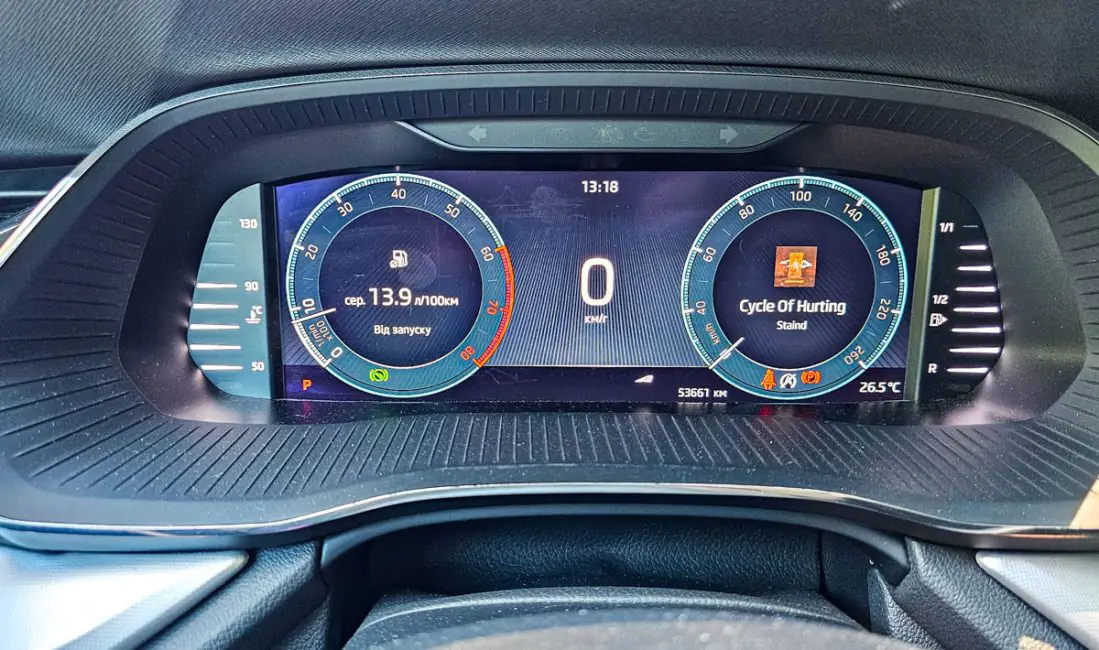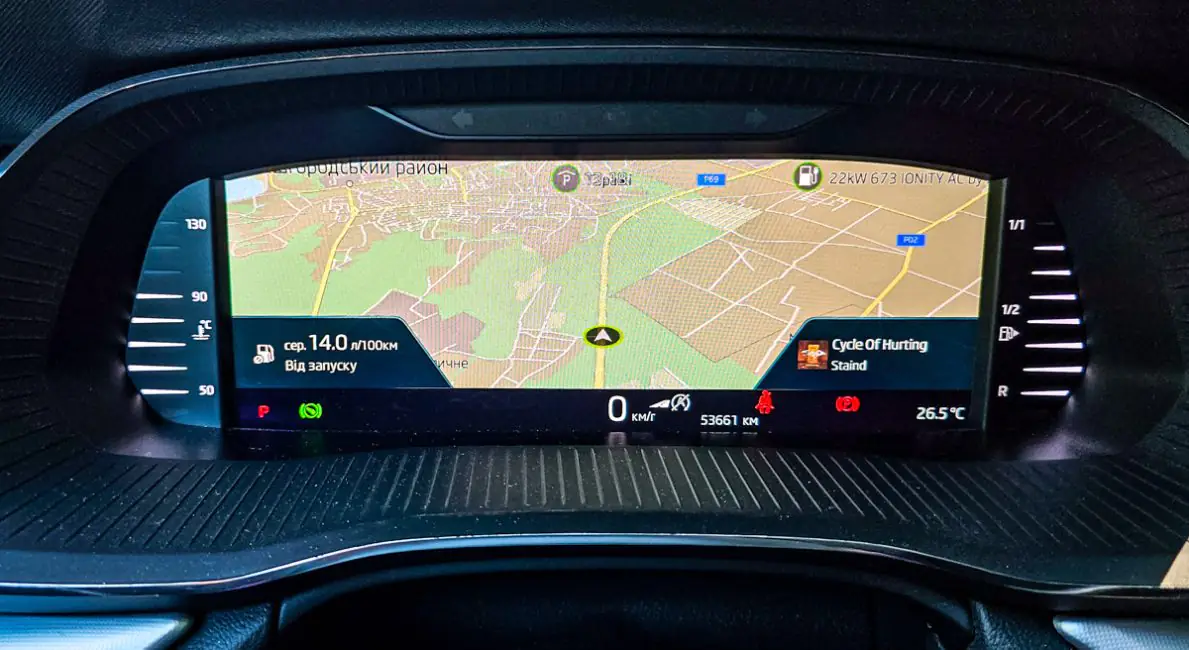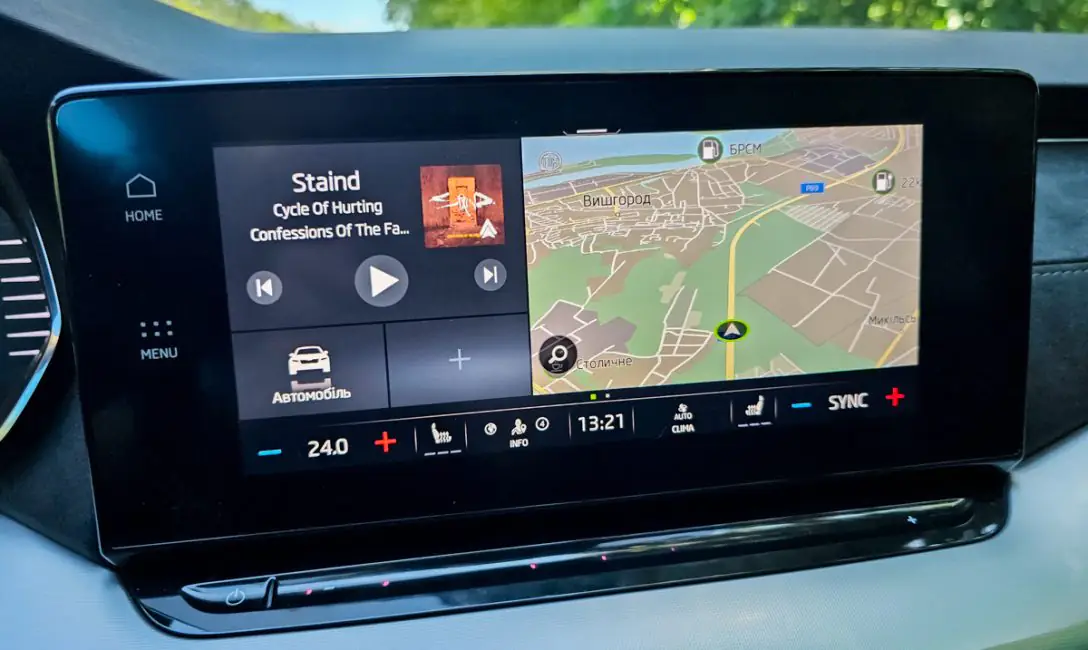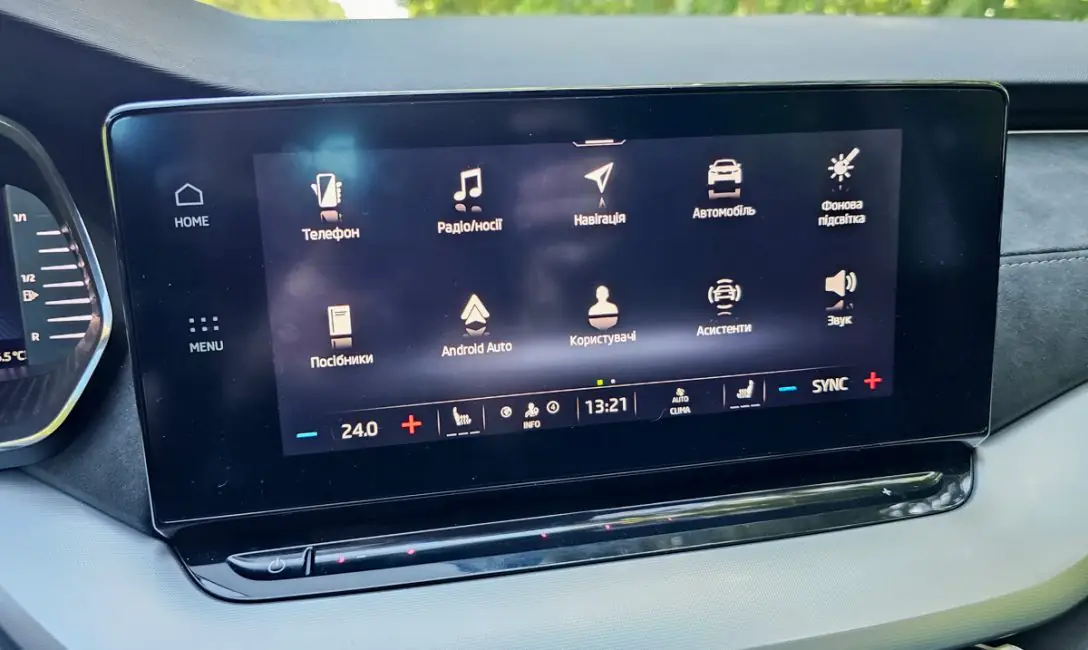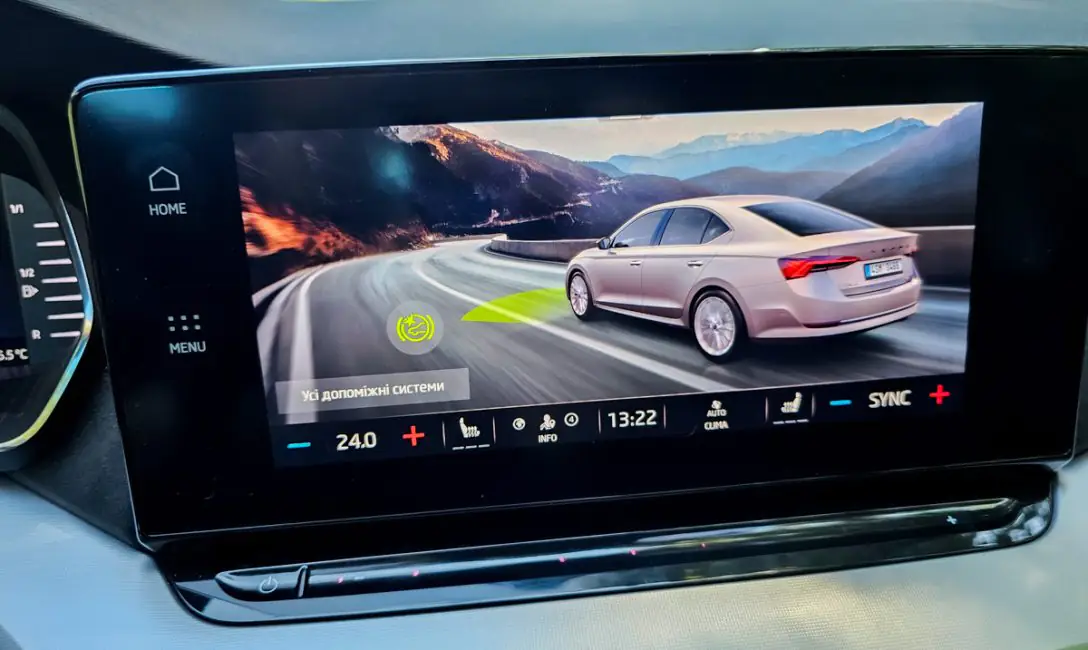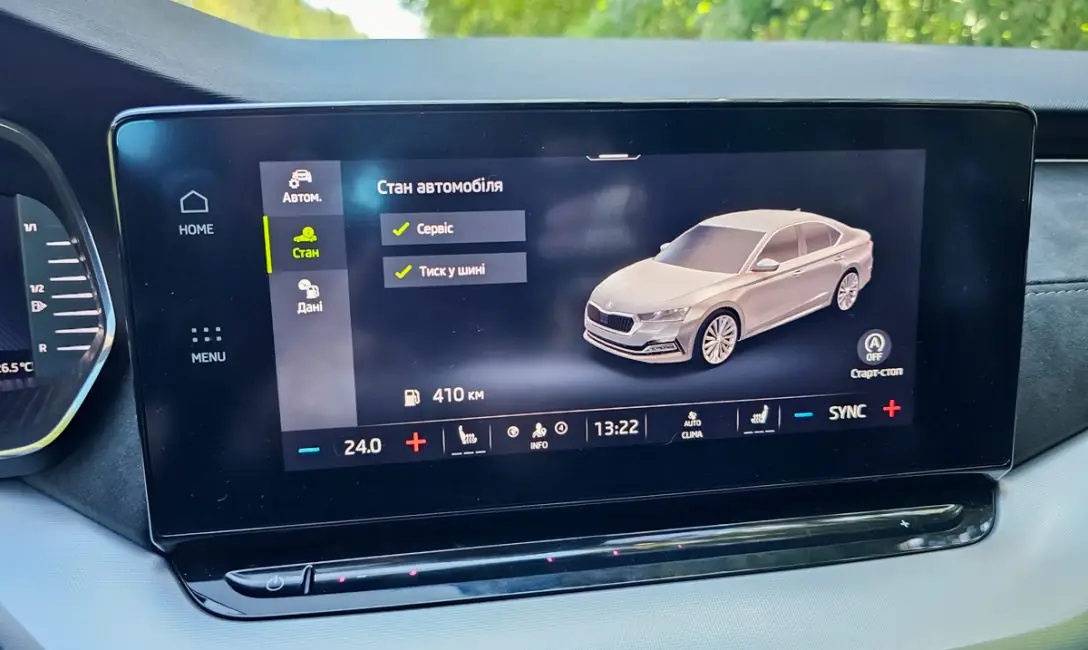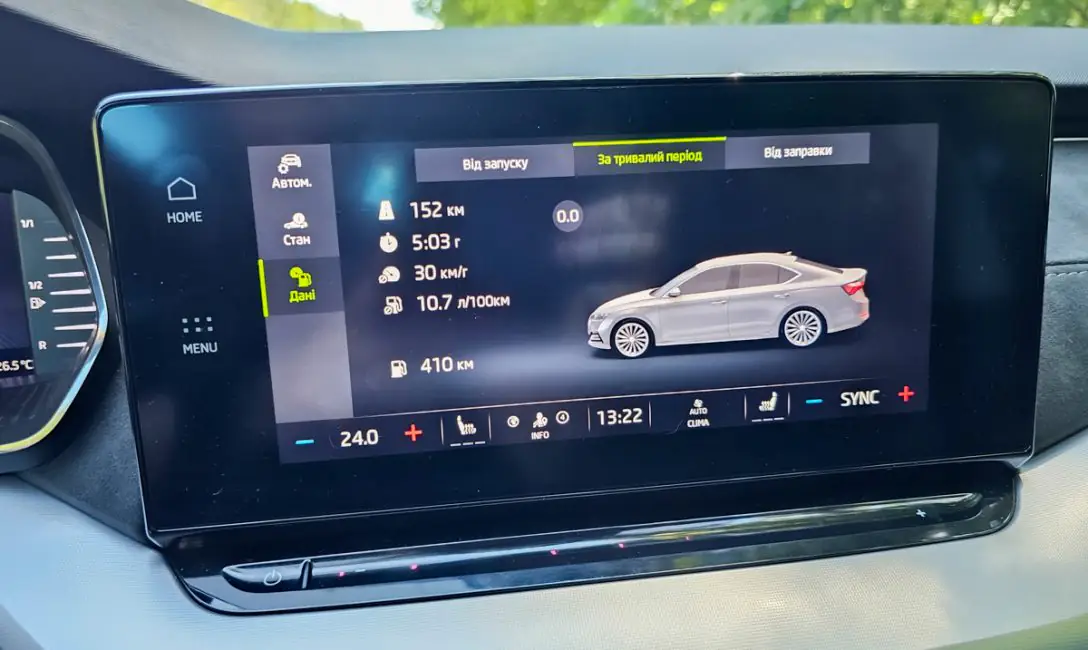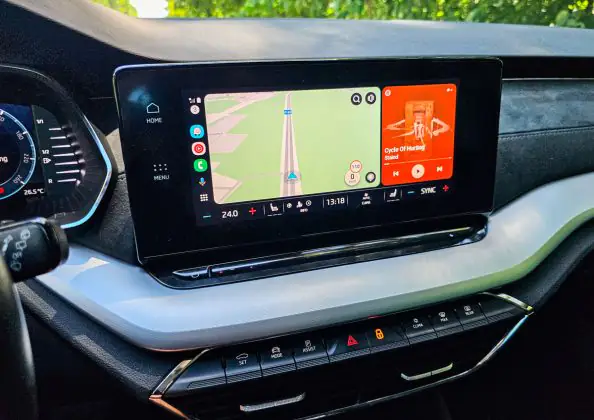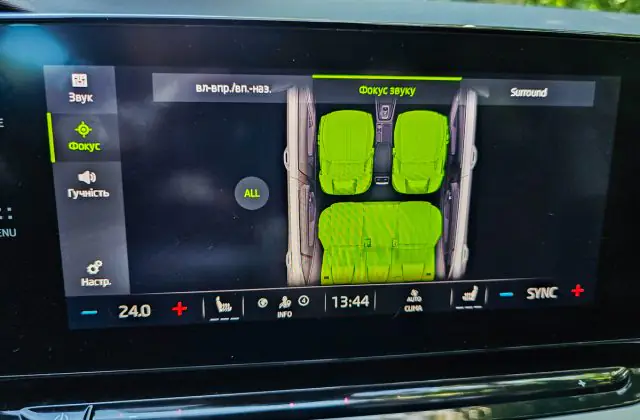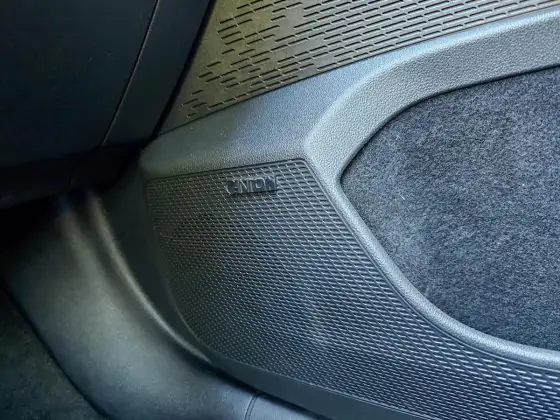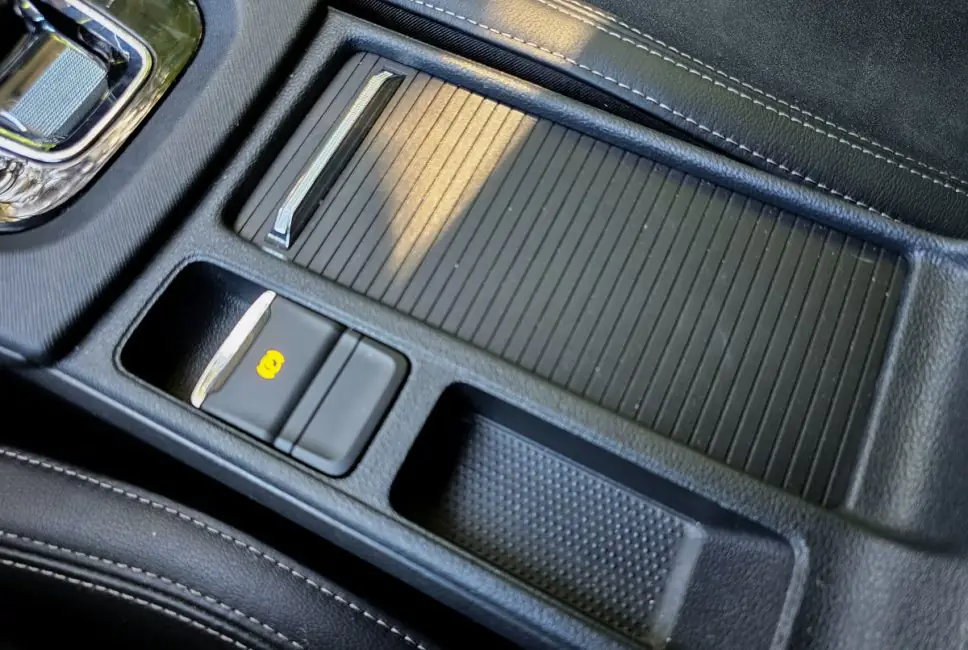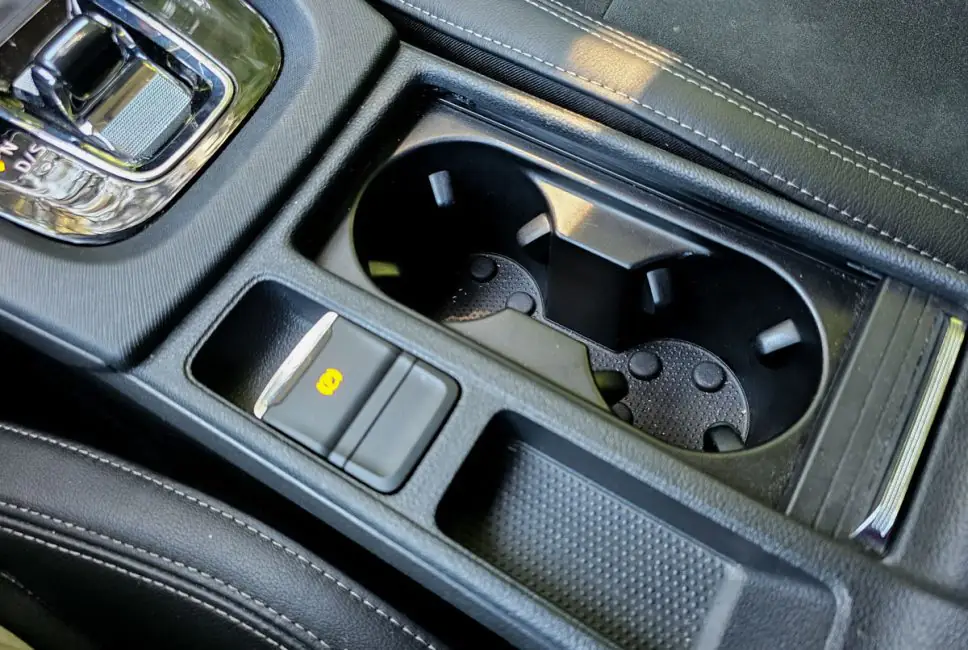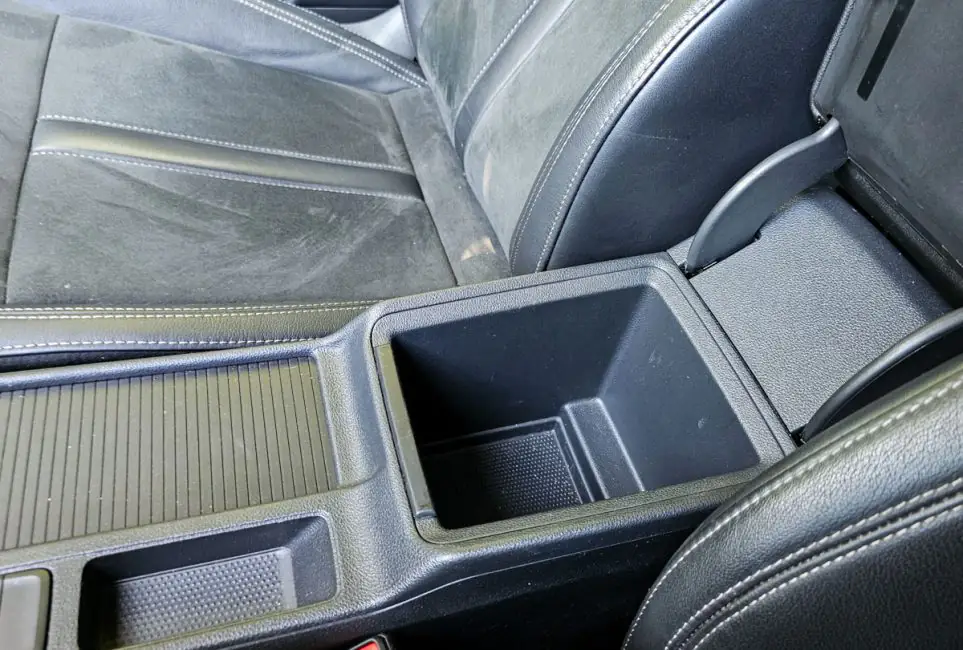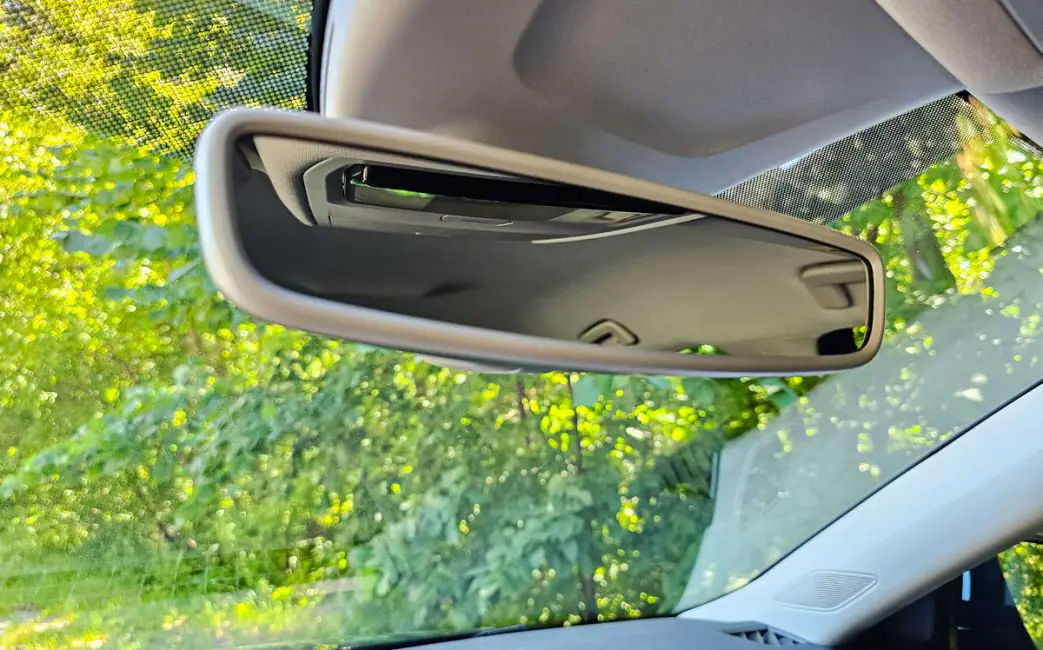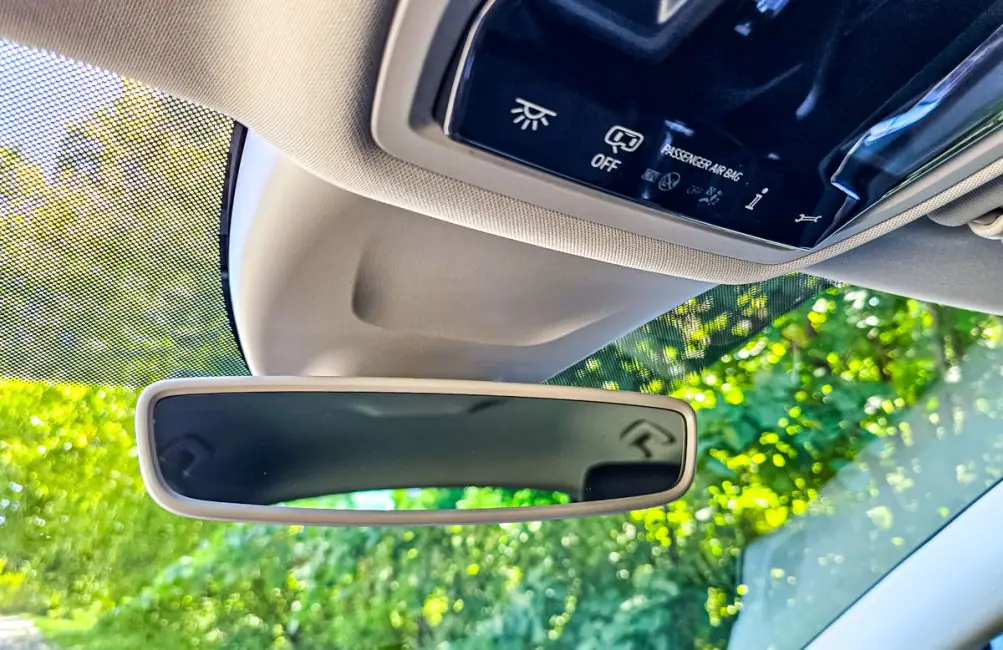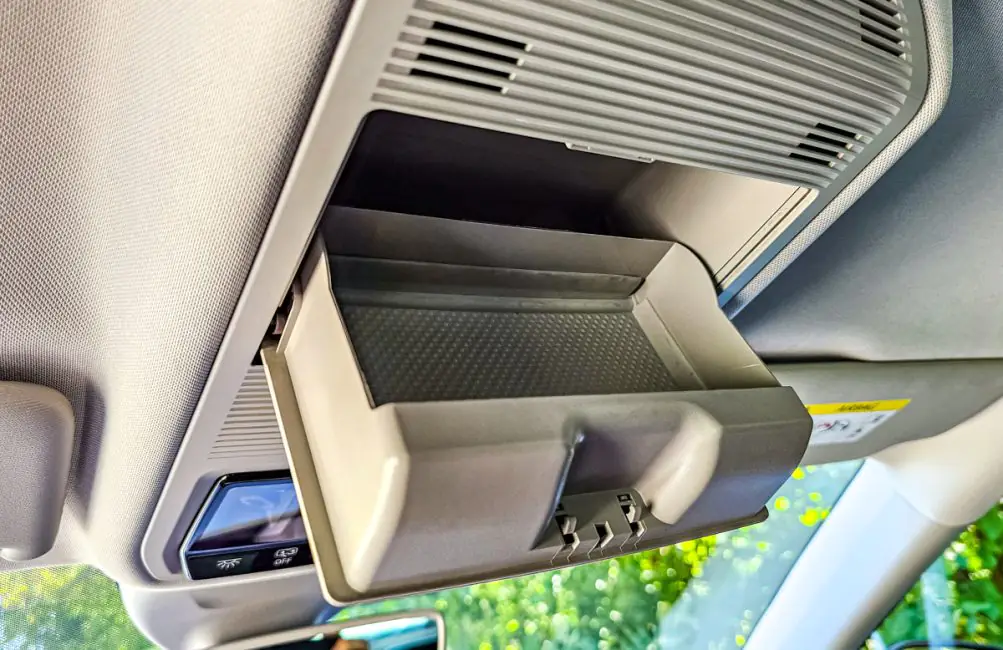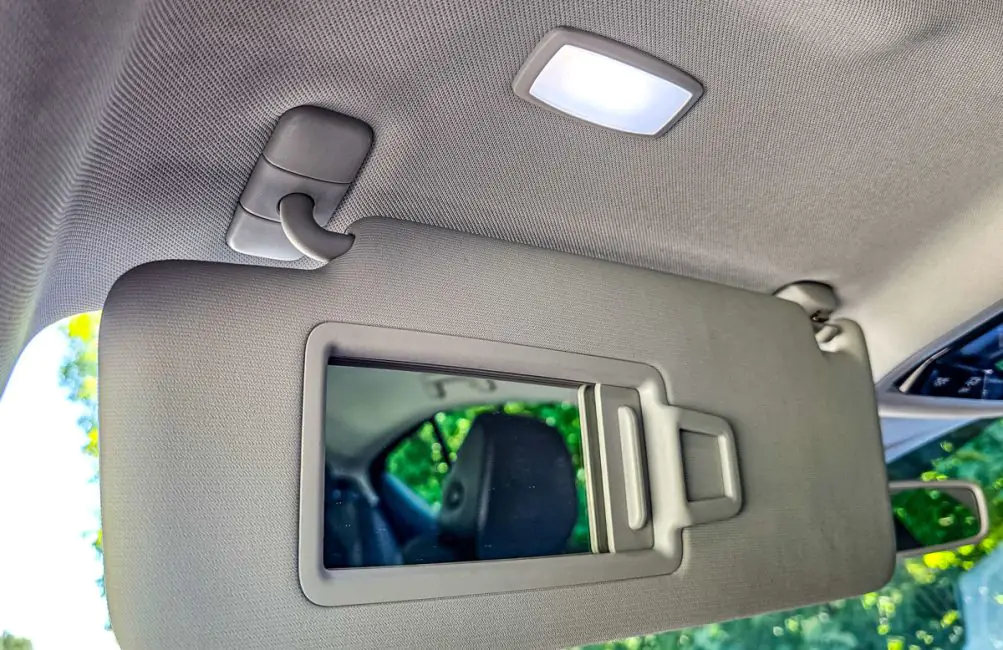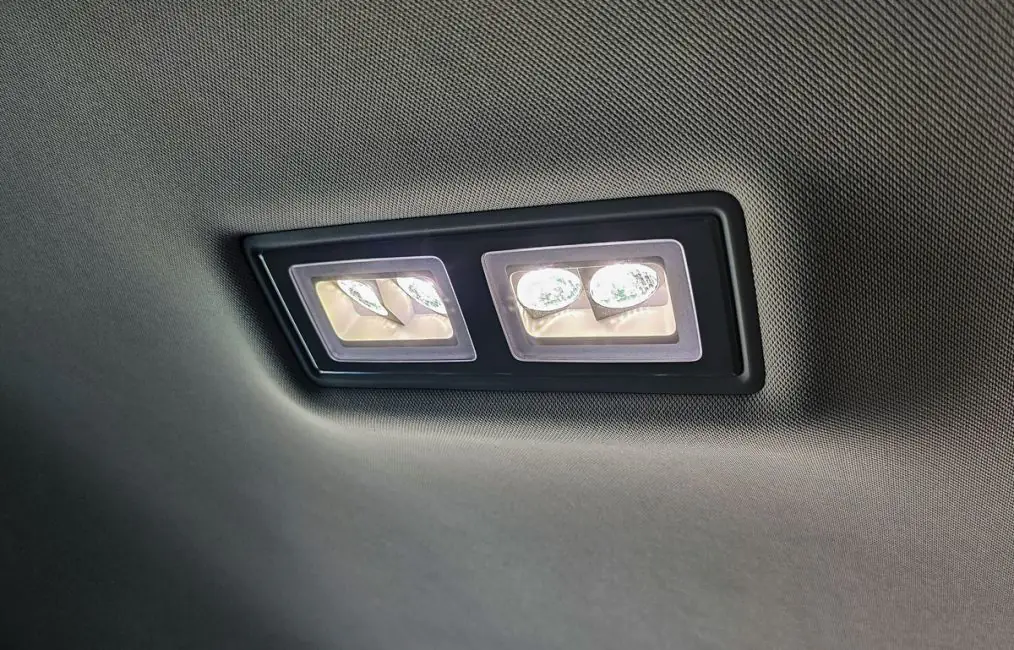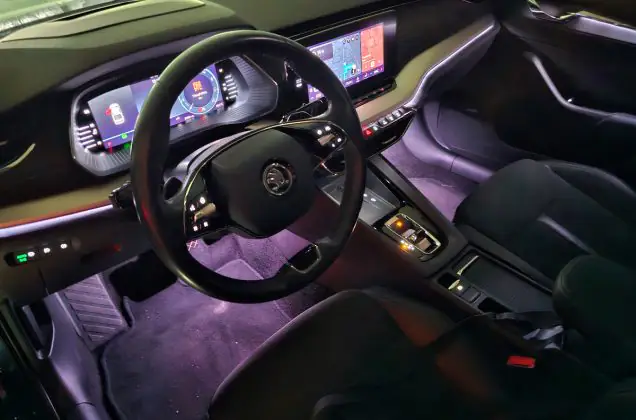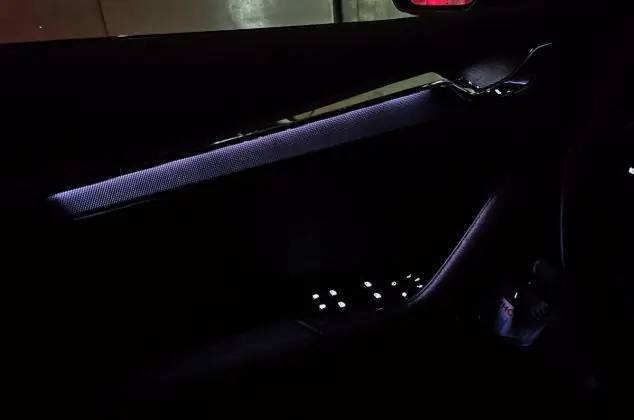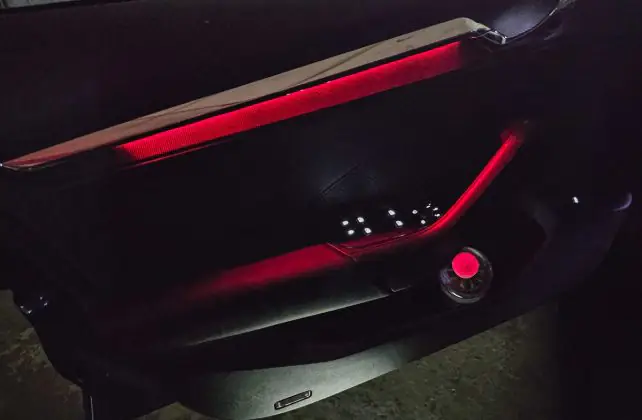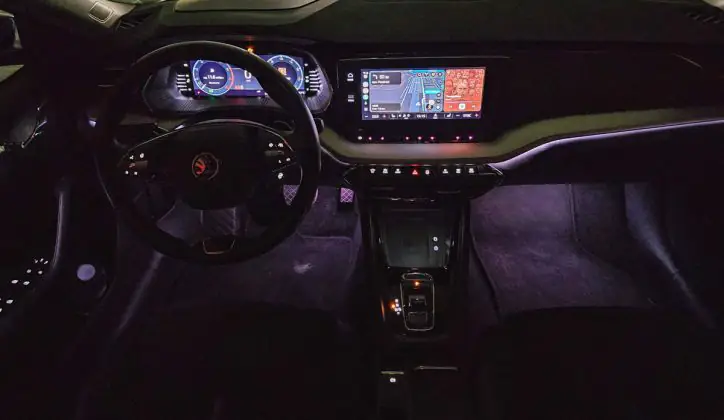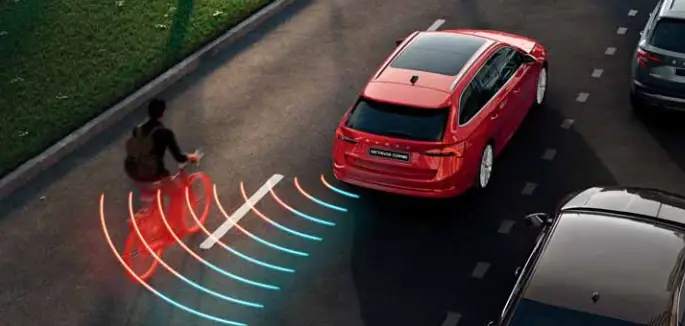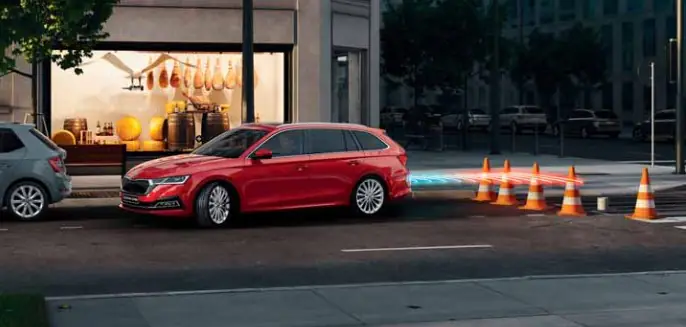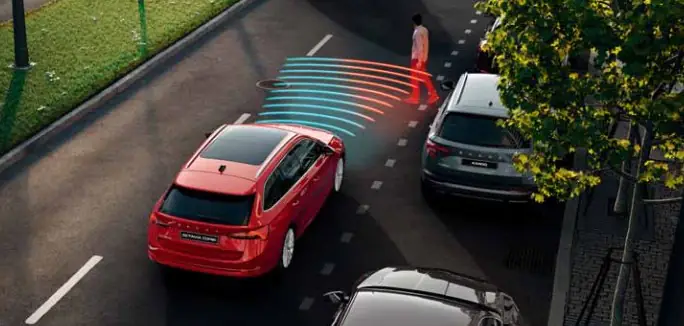© ROOT-NATION.com - Use of content is permitted with a backlink.
When I switched from a sedan to an all-wheel-drive crossover in 2021, I quickly realized it was the most optimal vehicle type for me, especially given the current conditions in Ukraine. I have no intention of going back to a car with low ground clearance, as I see it as a personal downgrade. Why am I saying this? Not to offend owners of sedans, wagons, hatchbacks, or any other vehicles with low ground clearance. Every body style undoubtedly has its own characteristics and advantages. I’m sharing this to give you a heads-up about my bias on the matter. Despite this, and striving to be as objective as possible, today I’ll share my week-long experience with the Škoda Octavia A8 (2021) in Lava Blue color and Style trim.
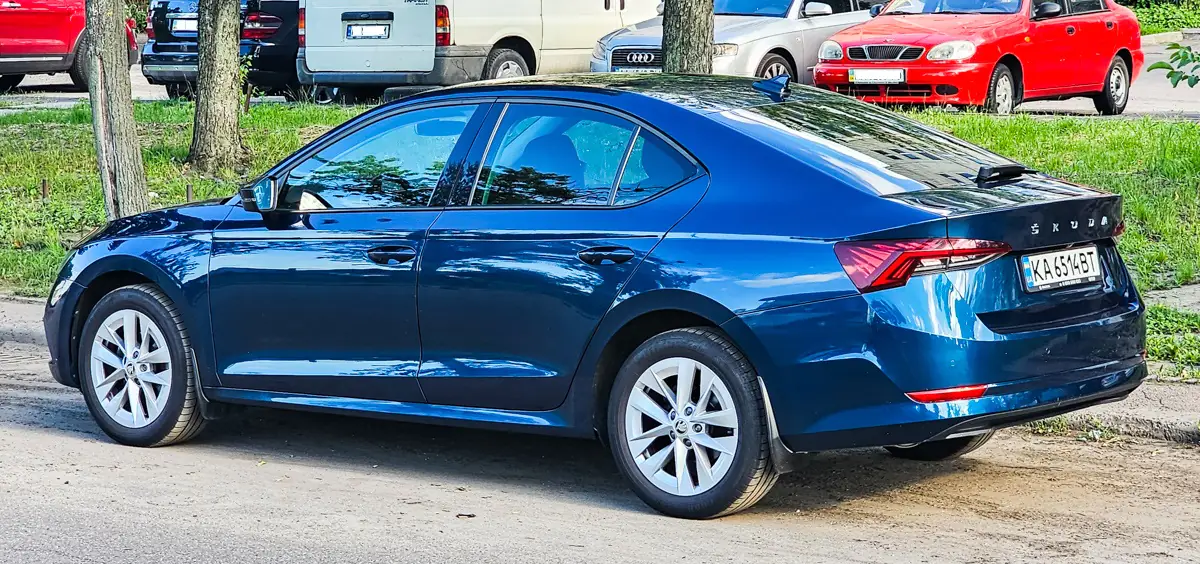
Positioning
I admit, I hadn’t paid much attention to the Octavia before, even though there are countless cars of this model and different generations all around. I used to think it was a sedan because it looks just like one. But if you look closely, the trunk lid opens along with the rear window, which has a wiper. So, is it a hatchback? Not quite! It turns out I missed the introduction of a body type called a liftback. Well, that’s a surprise. I’ll keep that in mind. Although, can someone explain how it’s fundamentally different from a hatchback?
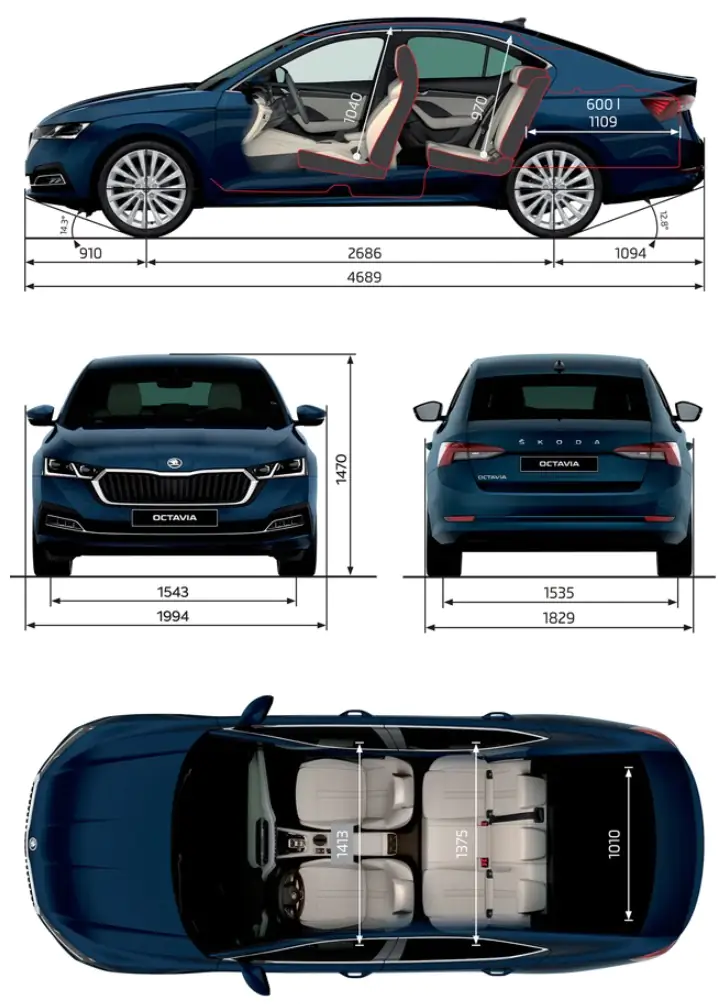
The Octavia is a large car. The only model in the Škoda lineup that’s larger is the Superb, which falls into the executive class. In addition to the pseudo-sedan-hatchback variant, the Octavia is also available as a station wagon, though it’s referred to as the Combi.

It immediately reminded me of the Izh Combi from Soviet times:
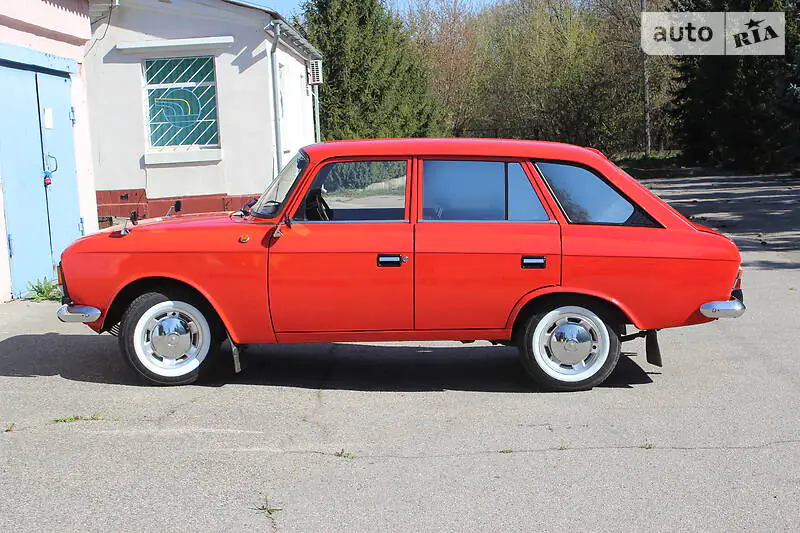
In essence, the Octavia is a versatile car that can serve as a family vehicle, a company car, or even a taxi. Additionally, in my opinion, it suits any age of owner. Although, pardon my gender bias, it does seem slightly more like a men’s car. Given its size and design characteristics, I find it hard to picture a woman driving it, though I can’t completely rule out that possibility. However, I can’t recall any instances of women driving an Octavia; it seems that, for some reason, it’s predominantly driven by men.
Read also: Škoda Karoq Review: Compact City SUV Focused on Comfort and Safety
Exterior
Let’s take a look at the car from the outside and go through all the main elements located on its exterior.
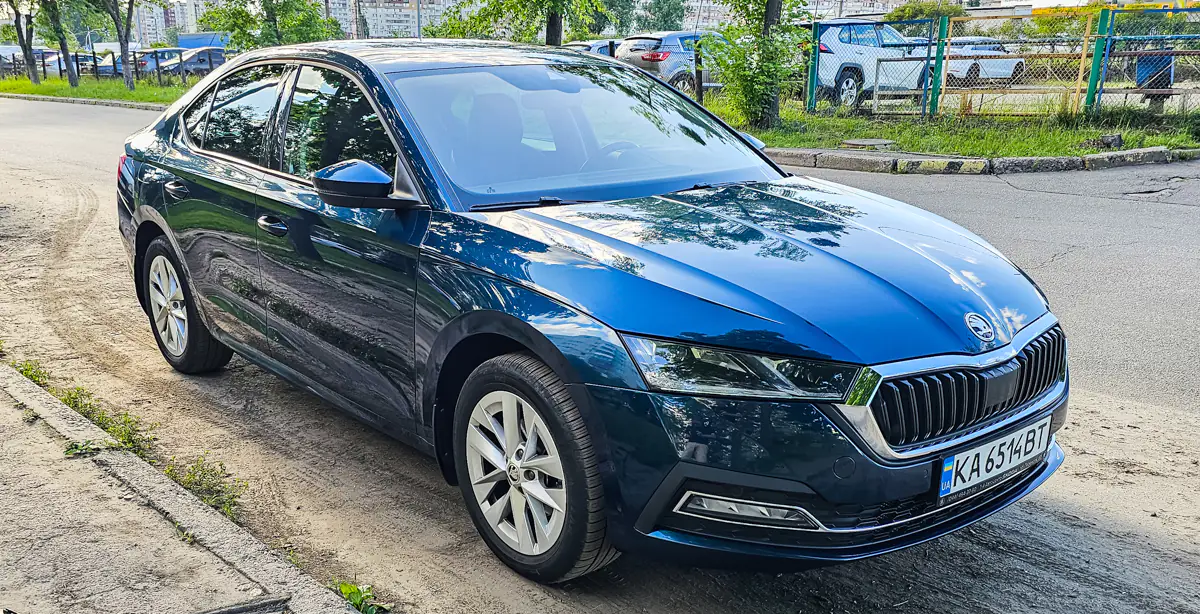
Design
In fact, I like the design concept of all modern Škoda cars, and the Octavia is no exception.
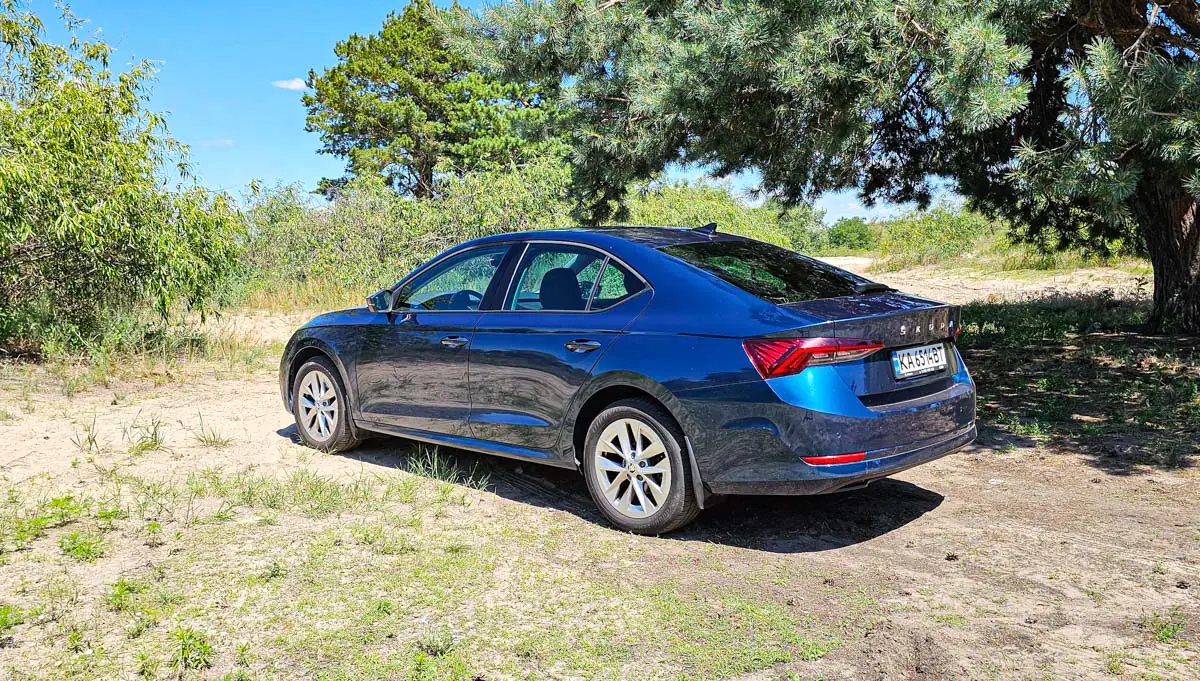
This characteristic front view features the typical grille with an upper edge, the signature headlight cut, and the rear trunk contour with triangular taillights—traits that unify all of the manufacturer’s current models.

The car’s exterior is modern, sleek, and somewhat sporty, yet still quite substantial.
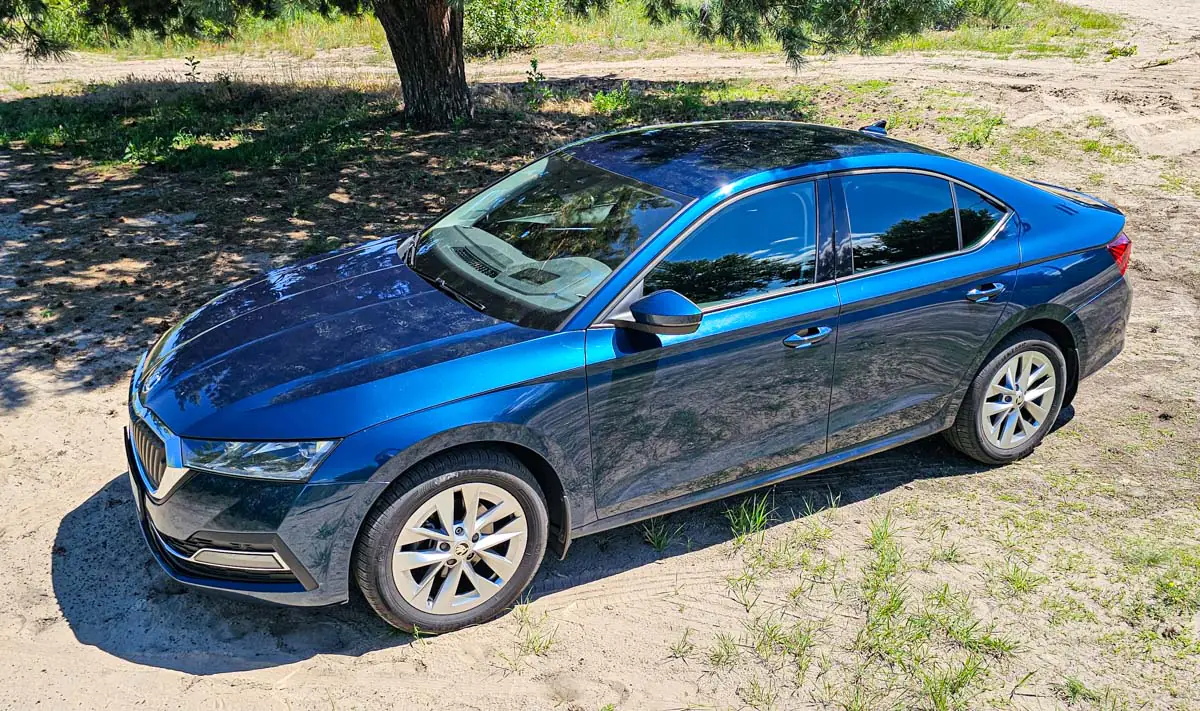
Main light
The headlights here are impressive—fully LED matrix. They feature a contour of daytime running lights that changes to yellow when the turn signal is activated, as well as high and low beams with adaptive cutting to avoid blinding other drivers on the road.
The adaptive cutting function is managed by an intelligent camera mounted above the windshield.
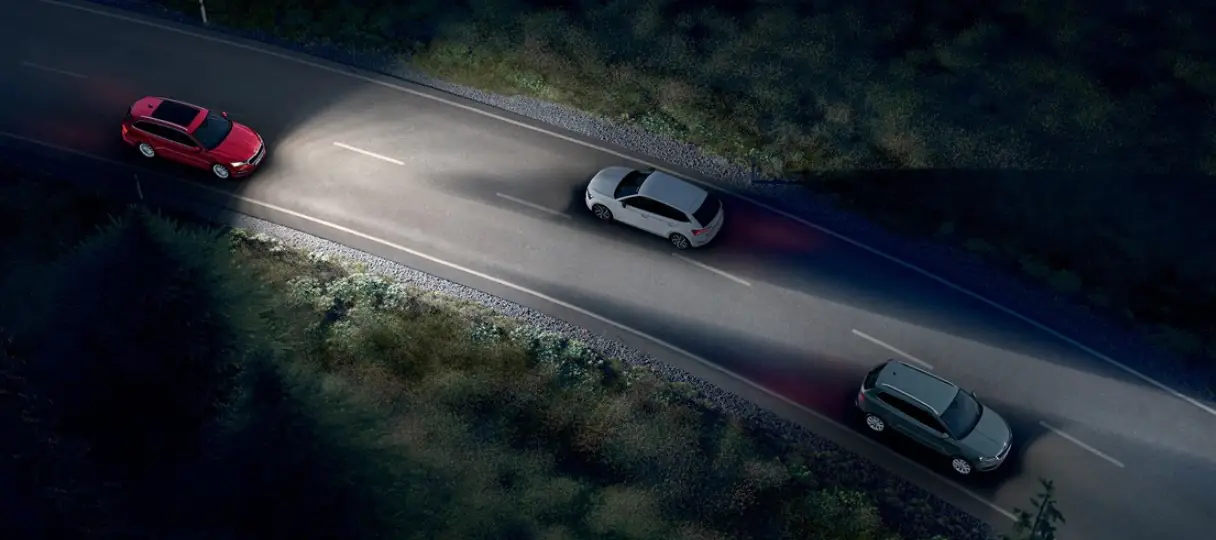
The headlights also feature a dynamic cornering light function, which adjusts the beam direction when turning to improve visibility in the turning area. Overall, the Škoda Octavia’s main lighting operates very reliably in fully automatic mode, and I had no desire to switch anything manually, so I never touched the headlight controls.
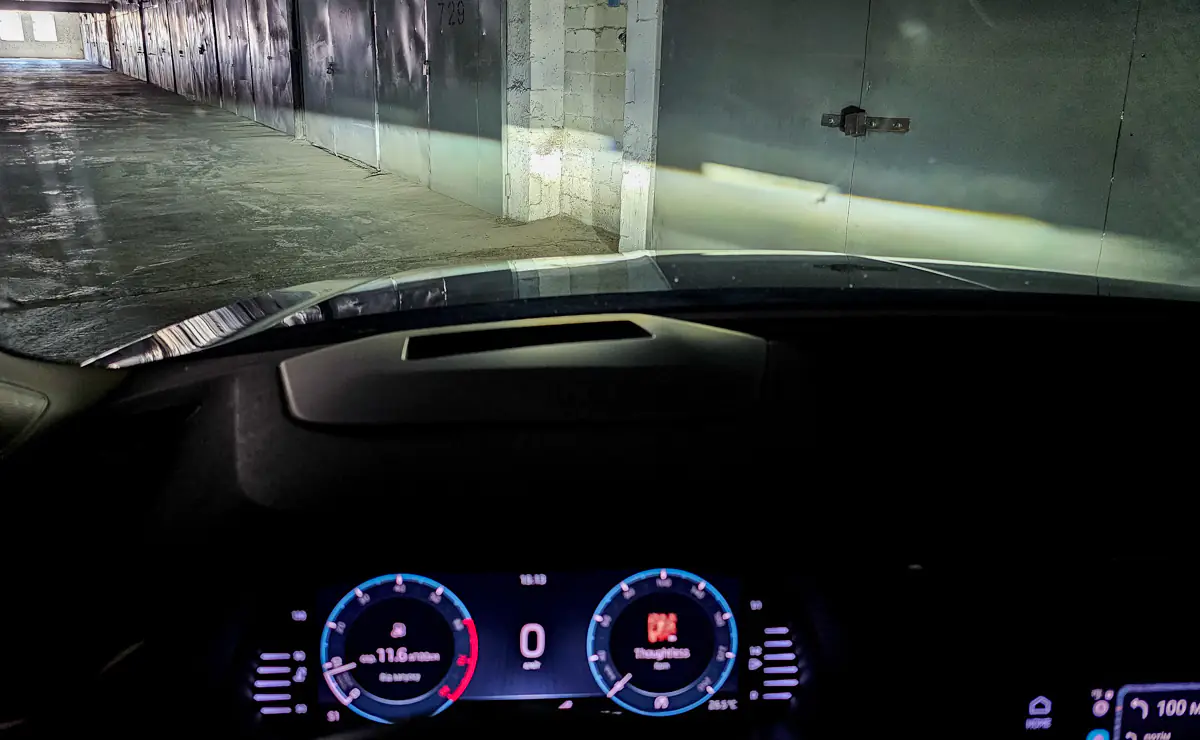
Side mirrors
These are typical mirrors for the manufacturer, the same ones I encountered during the Karoq test. They are medium-sized, quite convenient, with wide viewing angles, and feature the following functions: full electric adjustment, auto-dimming, automatic and manual folding, and heating. Additionally, the mirrors have built-in turn signal repeaters.
Door handles and locks
Once again, I see the familiar handles equipped with keyless entry from the previous review. To open the car, you just need to have the key in your pocket and pull the handle. To lock the car, simply keep the key outside and hold your finger on a designated spot marked by an indentation.
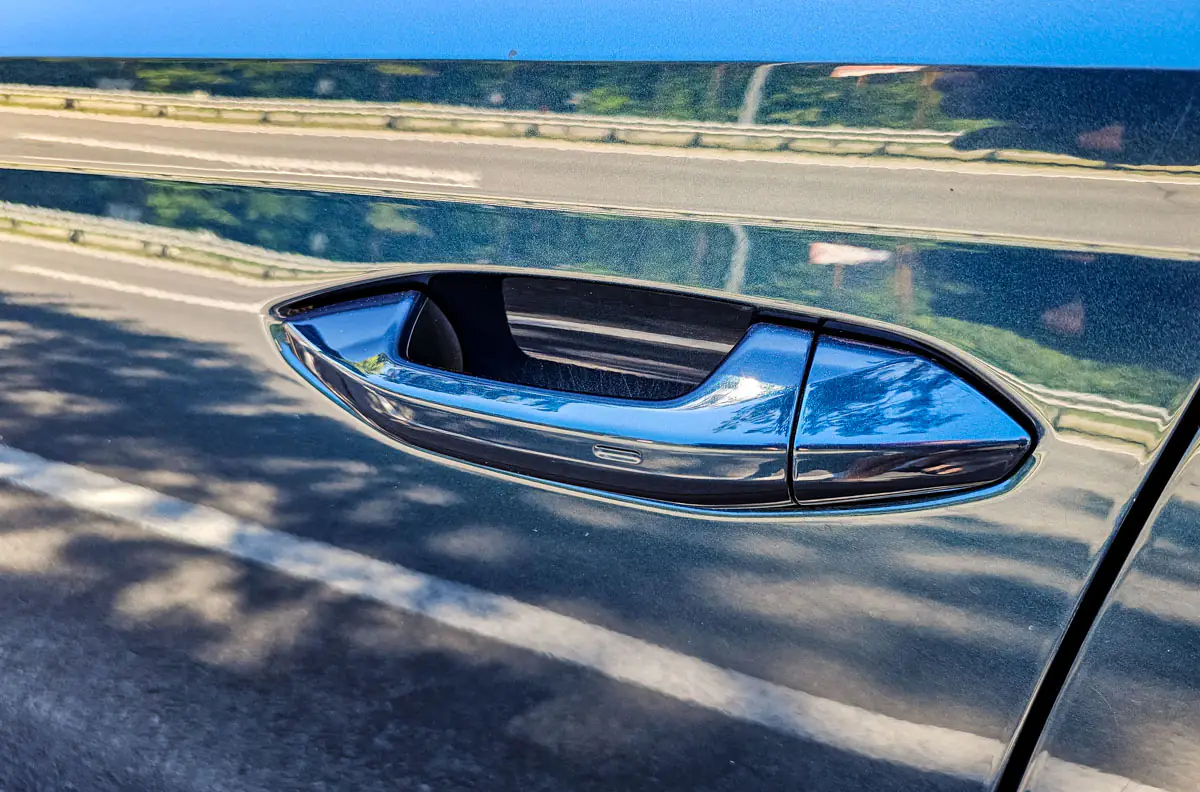
Wheels
The Škoda Octavia, depending on the trim level, can be equipped with 16″ steel wheels with decorative plastic covers or branded alloy wheels in sizes of 16, 17, or 18 inches. In my case, it features ROTARE Aero alloy wheels with a pleasant design, fitted with GOODYEAR EFFICIENT GRIP PERFORMANCE tires, size 205/55R17 91V.
So, in terms of the balance between comfort and handling, this is about average. This information will come in handy when I talk about the driving impressions of the car.

Tail lights
Another typical element of the modern Škoda lineup, featuring a consistent design across all models, is the fully LED rear taillights. They provide a stylish red line for the running lights and brake lights and come equipped with dynamic turn signals that include a welcome and farewell function when locking and unlocking the central locking system.
Trunk lid, luggage compartment, fuel filler flap
As I mentioned, with the liftback body style, the trunk lid opens along with the rear window. The test vehicle is equipped with an electric trunk lift. You can open it using a button in the recess near the rearview camera, a button on the key fob, or a virtual button—just wave your foot under the bumper. Closing the trunk happens in the same way. You can also stop the lid at any position by pressing the button on the key fob again.
The trunk space in the Škoda Octavia is incredibly deep! Of course, there are some height limitations in the liftback version, but I still like it. As for the Octavia Combi version, I haven’t seen it in person, but I can imagine that the trunk there is likely even more impressive in volume.
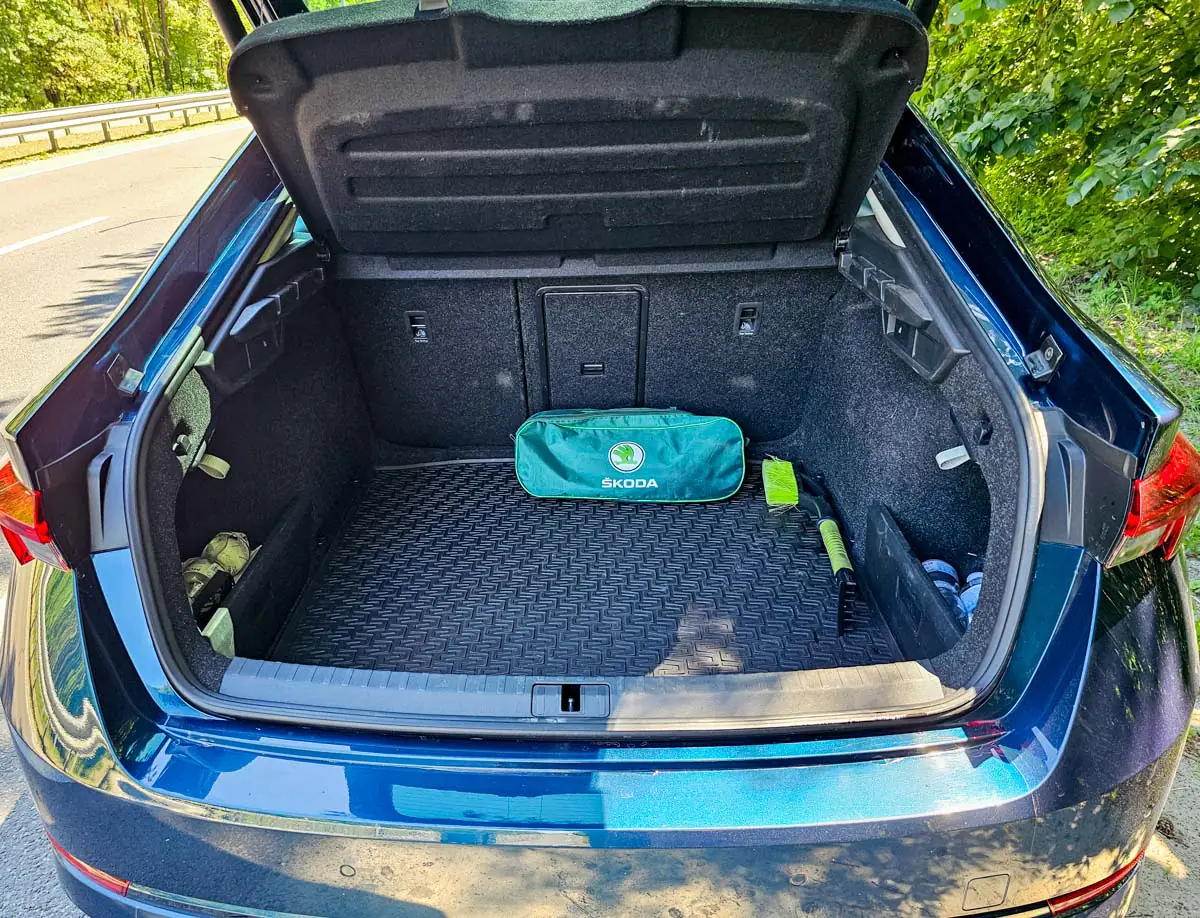
Above, there is a horizontal internal shelf that rises and falls with the trunk lid. It can be removed if it interferes with transporting larger items.
Inside, the trunk is fully lined with soft felt. The test vehicle also comes with a high-quality rubber mat. Additionally, there are two side compartments with straps and removable walls, plenty of hooks, and attachments for nets. The trunk space is very well thought out for convenient organization of items and accessories.
On the top right and left, there are buttons for folding down the rear seats, which allows for additional trunk space. There’s also the option to fold down just the central section: if you need to transport a long item, it can be slid into the cabin.
The floor cover consists of two sections that can be lifted one at a time. Underneath, there’s a foam organizer with accessories, a tool kit, a jack, and a spare wheel.
Additionally, it’s worth noting that the Octavia trunk features two LED lights, one on each side. They’re positioned on the top rather than the bottom, which is often the case. As a result, the lighting inside the trunk is slightly better than the average on the market.
The fuel filler flap locks and unlocks with the central locking system. It opens with a simple press. As is traditional for the manufacturer, the flap includes an ice scraper.
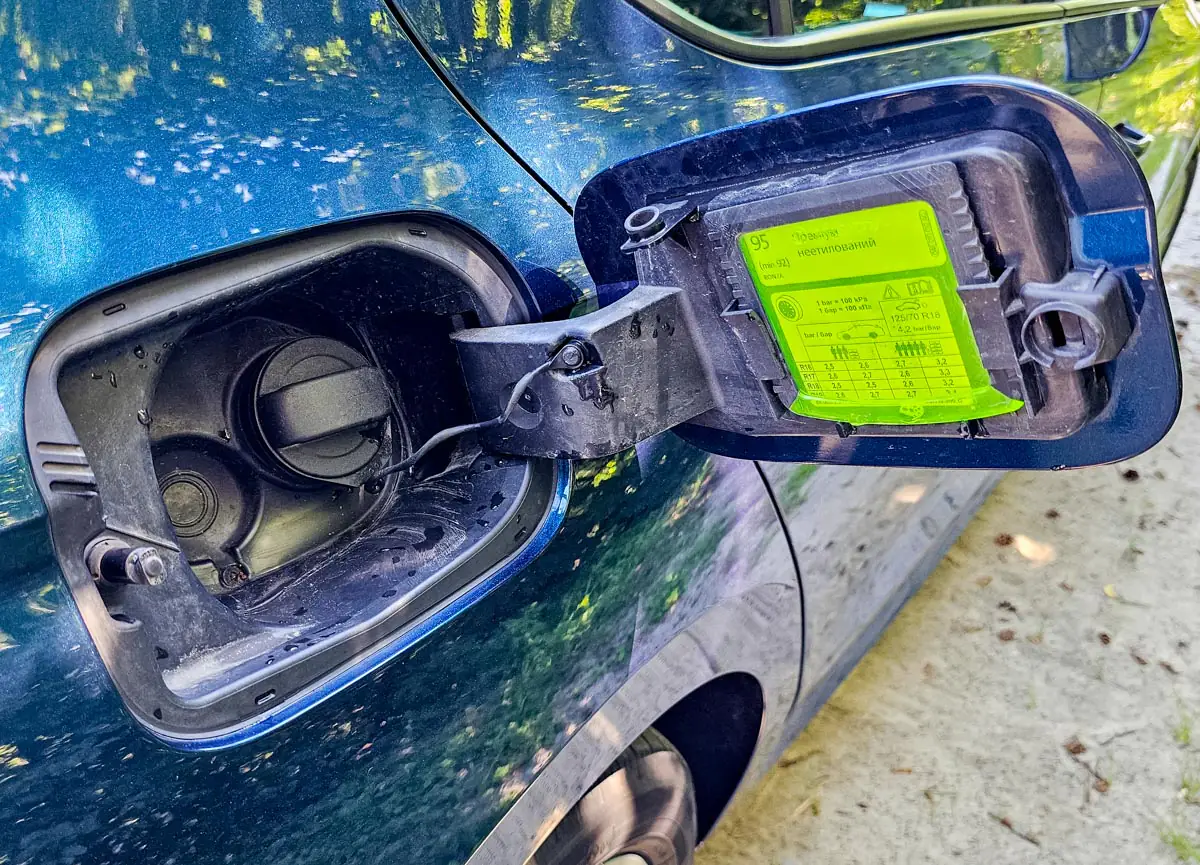
Under the hood – 1.4 TSI engine (110 kW 150 hp)
The same engine setup was in the test Karoq. So when I opened the hood, I saw a familiar sight. A small but pleasant detail is that the Octavia has hydraulic hood struts, so it lifts effortlessly and doesn’t require a prop rod.
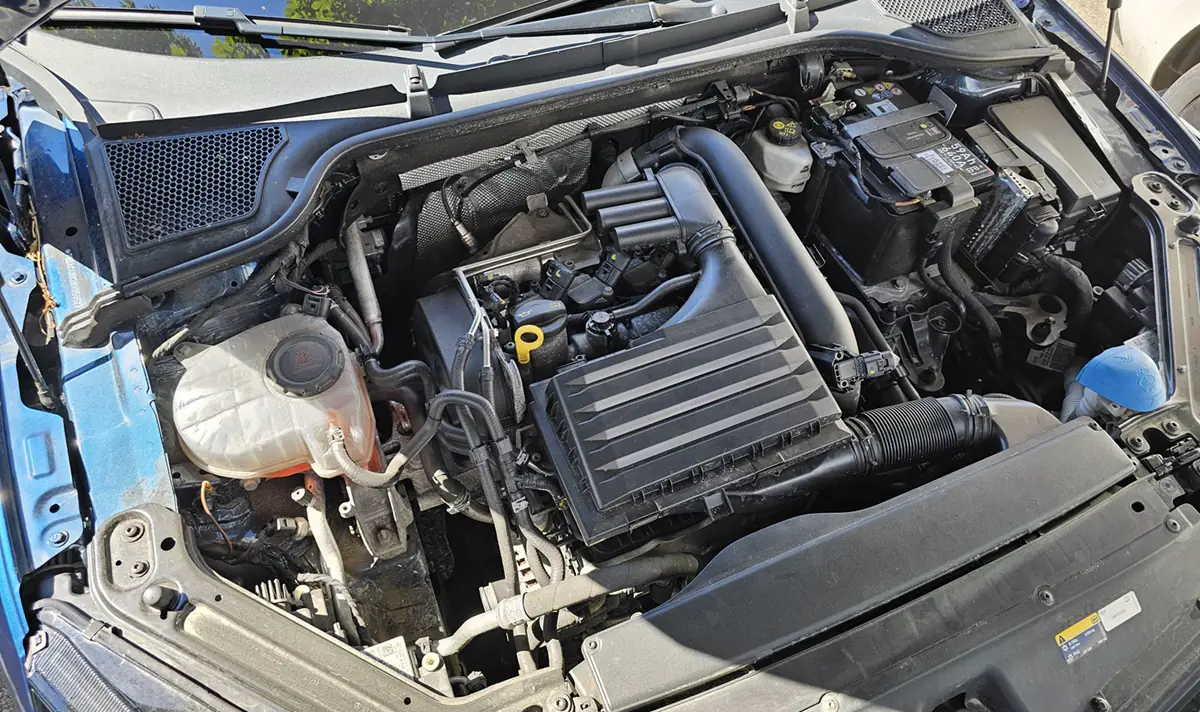
Without diving into technical details, I’ll highlight the main points regarding vehicle maintenance from the perspective of an average owner. The under-hood area looks tidy. All fluid reservoirs are easy to locate and access, with the washer fluid reservoir featuring a soft built-in funnel. The battery is also placed in an easily accessible area.
Read also: Tesla Robotaxi launch will be delayed till the next two months
Škoda Octavia interior
When I first saw the interior of the Škoda Octavia A8 in the Style trim, I immediately noted the manufacturer’s attempt to create a premium feel. This is primarily achieved through the design of the elements and the combination of materials, including partial use of natural leather and a material resembling Alcantara. Regarding this upholstery, I couldn’t determine whether it’s genuine leather or synthetic fabric, but it’s more likely the latter. The fact that I’m unsure about the material’s origin is actually a positive, as it suggests a very good imitation. At the same time, there are noticeable efforts to cut costs in some areas, which is not surprising given that this is a mid-range car that isn’t quite premium, and the price should align with the needs of the target audience. Overall, the Octavia A8 definitely offers a bit more style for its money than I expected.
Door cards, door handles
These are the areas where cost-cutting is quite evident. The design of the interior door panels is fairly thoughtful, but standard, even mundane materials are used—plastic, vinyl, and a bit of eco-leather on the armrest. The door handle is chrome-plated and extends with the same chrome trim on a “carbon-look” panel. It’s nice that the lower pocket is lined with soft felt material, so, for instance, a bottle placed there doesn’t rattle like it would in a purely plastic compartment. Overall, it’s acceptable… However, the plastic parts of the armrests that transition into the handles creak. All of them. This was the case with the test car at 54,000 km. It might even have been like this from the factory; I’m not sure. By the way, this is the only creaky element in the interior. But you understand, passengers often hold onto these handles, and they creak continuously during maneuvers or if they’re squeezed harder. This is a bit discouraging. armrests that transition into the handles creak. All of them. This was the case with the test car at 54,000 km. It might even have been like this from the factory; I’m not sure. By the way, this is the only creaky element in the interior. But you understand, passengers often hold onto these handles, and they creak continuously during maneuvers or if they’re squeezed harder. This is a bit discouraging.
Notable elements include the controls for the mirrors and the buttons for all four windows, the electric child locks, and the trunk release button on the driver’s door. The Canton audio system speakers are built into all the doors, and there are window controls on the three passenger doors as well. There is also a hidden compartment in the driver’s door for storing a brush or an umbrella.
Honestly, the interior of the doors looks a bit dull during the day, but the situation changes in the dark. I’ll explain more about this later.
Front seats
The seats are quite comfortable, with a typical brand shape featuring pronounced side support on both the seat and backrest, and a height-adjustable headrest. They are very similar to the ones installed in the Karoq. However, the test vehicle only had manual seat adjustments, which isn’t ideal. But I’m confident this is just how the dealer’s office ordered the car’s configuration. Actual Škoda Octavia buyers can opt for front seats with electric adjustment and memory. Despite the manual mechanism, all types of seat adjustments are available, including height adjustment and lumbar support..
The upholstery on the seats in my test version of the car is quite good. It features pleasant-to-touch genuine leather and a soft material resembling Alcantara (or it might actually be genuine suede leather, though I couldn’t determine for sure; if anyone knows, please let me know in the comments). The rear of the seats is covered in eco-leather and includes storage pockets.
Rear seats
I have no complaints about the rear seats. There is plenty of space for a tall person. The backrests are not adjustable. The materials used are the same as those on the front seats. The seats are equipped with two pairs of anchor points for installing child seats.
In the center, there is a third full-size seat with a headrest and seatbelt, which can be converted into a folding central armrest with cup holders. Below, in the center, is a climate control panel for adjusting the temperature, providing a complete third zone for rear passengers. Additionally, there are two USB-C ports for charging devices.
Dashboard and the storage compartment
The dashboard is the most premium element of the interior, giving the impression that the Octavia is somewhat of a luxury vehicle. It features a sophisticated, modern “layered” design with a variety of materials. The central panel is wrapped in familiar suede with white stitching, with a soft, textured vinyl on top. Sections are divided by a chrome strip, while below is a layer of high-quality silver plastic. The lowest layer is a basic hard plastic. On the passenger side, there’s a storage compartment with illumination.
Steering wheel and steering column
If you didn’t know, the design and construction of the steering wheel are identical across the entire modern Škoda lineup. At least in the four cars I’ve tested. It’s a round steering wheel wrapped in genuine leather. The design is classic, with two spokes: on the left, you have controls for the audio system, steering wheel heating, and voice assistant activation; on the right, you find settings for the instrument panel and access to the driving assistants menu.
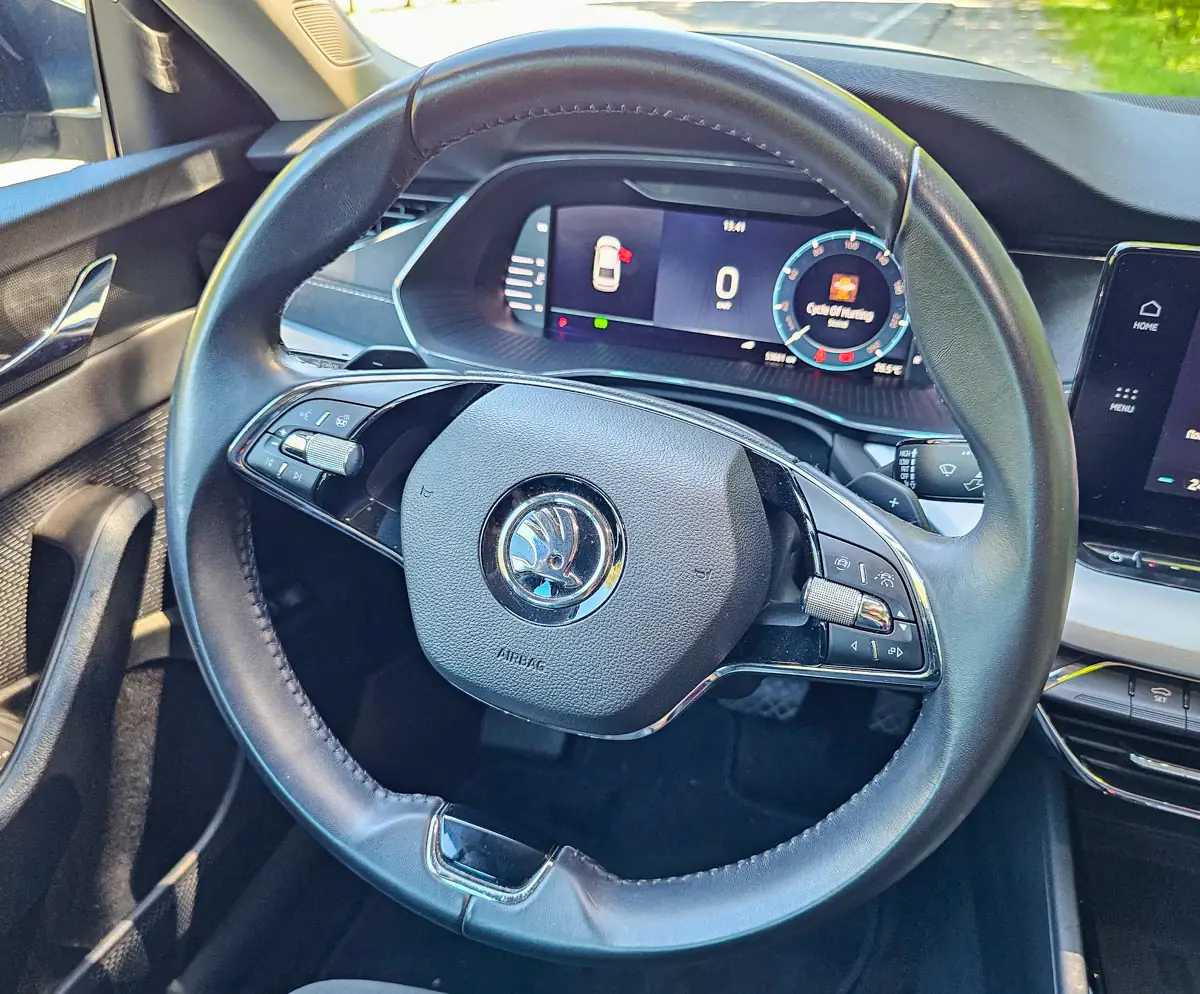 I don’t want to delve into the steering wheel design, as it’s a matter of personal taste. While some might find it dull, I personally appreciate its comfort. Firstly, the shape with its bulges and cutouts ensures a proper grip and finger rests. Secondly, the button placement is well-thought-out. The buttons are easy to locate by touch: horizontally, they are divided by rotary and push functions, and vertically by distinct ridges. This arrangement provides four buttons on each side that don’t require looking at, which helps maintain focus on the road.
I don’t want to delve into the steering wheel design, as it’s a matter of personal taste. While some might find it dull, I personally appreciate its comfort. Firstly, the shape with its bulges and cutouts ensures a proper grip and finger rests. Secondly, the button placement is well-thought-out. The buttons are easy to locate by touch: horizontally, they are divided by rotary and push functions, and vertically by distinct ridges. This arrangement provides four buttons on each side that don’t require looking at, which helps maintain focus on the road.
The steering wheel has 2 paddles for manual gearshift and 2 levers: light control and cruise control on the left, wipers on the right. There are no complaints about these controls either; after a little getting used to them, you can use them by touch.
Instrument panel
The fully digital instrument panel is another characteristic feature of modern Škoda vehicles. It’s a high-quality 10″ screen—bright and contrasty. The panel supports various display interfaces, settings for showing different vehicle status data, and information from built-in navigation and multimedia systems. Overall, it’s a very modern display, and I like it a lot.
On the left and right sides of the screen, there are small areas for classic LED indicators—engine temperature and fuel level. At the top, there’s also a small area with indicators for turn signals and engine status.
Additionally, the test vehicle is equipped with a system that projects current driving data onto the windshield, including speed and navigation prompts. Overall, it’s a nice and convenient feature, but I wouldn’t say it’s absolutely essential.
Multimedia display and entertainment system
Another 10-inch touchscreen display is positioned in the center of the dashboard, at the top. On the left side of the panel, there are two touch buttons—one for the home screen and one for accessing the main menu. Additionally, below the display, there is a horizontal touch area designed like a groove. On the left side is a small button for turning off the sound completely, while the rest of the area is a large touch-sensitive volume control.
The main menu provides access to all multimedia and infotainment system functions. Here, you can turn on the radio, connect your phone or other devices, activate the built-in navigation, manage sound and lighting settings, view information about the vehicle, and control driving assistants. The menu also allows you to add users to save individual profile settings for each driver.
Connecting a smartphone
The Škoda Octavia offers a modern feature set that allows for full integration with smartphones running Android or iPhone, providing wireless connectivity for Android Auto or Apple CarPlay. The initial connection is straightforward: activate the smartphone search via the main menu and pair with the vehicle through the Bluetooth menu on your mobile device, granting all necessary permissions. After that, the built-in navigation, audio player, and hands-free functions become less relevant, in my opinion. However, you can still use them alongside if you wish.
Audio system
In my test car, the Canton sound system with 10 speakers is installed as an optional upgrade. Overall, the sound quality is quite good, but as always, I find the bass lacking. Maybe I’m just spoiled by having a separate subwoofer in my personal car. Although the sound settings menu includes a digital equalizer with a “Subwoofer” setting, I don’t believe there’s a physical subwoofer installed because I don’t hear the expected low-frequency response. Overall, the sound is definitely better than in the Karoq, and for that, I’m grateful.
Comfort and safety control panel
The standard panel with physical buttons is already a plus, although you’ll still need to make most adjustments via the touchscreen. Essentially, this panel is used to access necessary menus. The only exceptions are climate control functions, such as turning on maximum cooling or heating for the rear window.

Wireless charging and USB
Under the dashboard, there is a compartment for a smartphone equipped with a Qi wireless charging pad. Additionally, there are two USB-C ports that can be used for charging various devices or connecting media storage for audio playback through the built-in player.
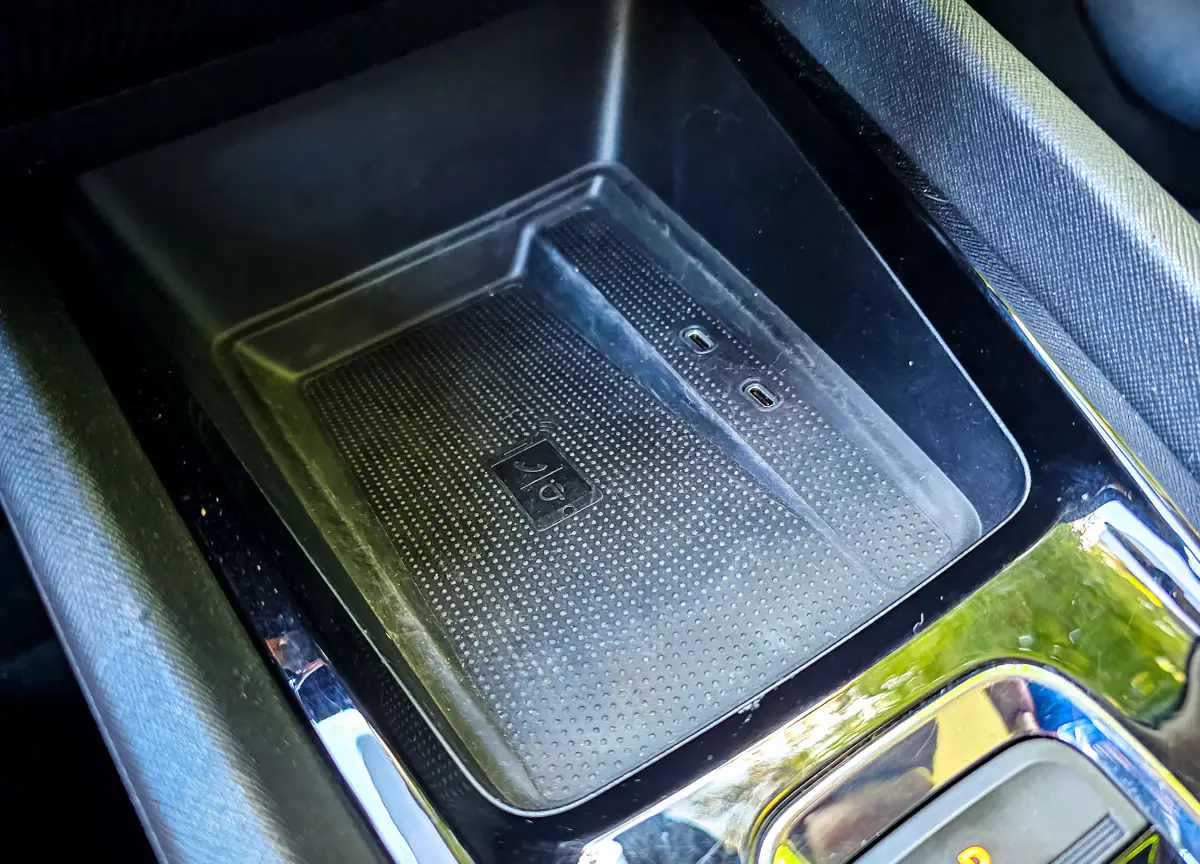
Gear shift lever
And essentially, it’s not there at all! Instead, there’s this compact switch-joystick. And a separate parking mode button. But essentially, the system works similarly to a large lever—pushing it forward engages reverse, backward engages drive, a second push backward engages sport, and another push backward returns it to drive. The parking button shifts the mode to neutral and locks the transmission.
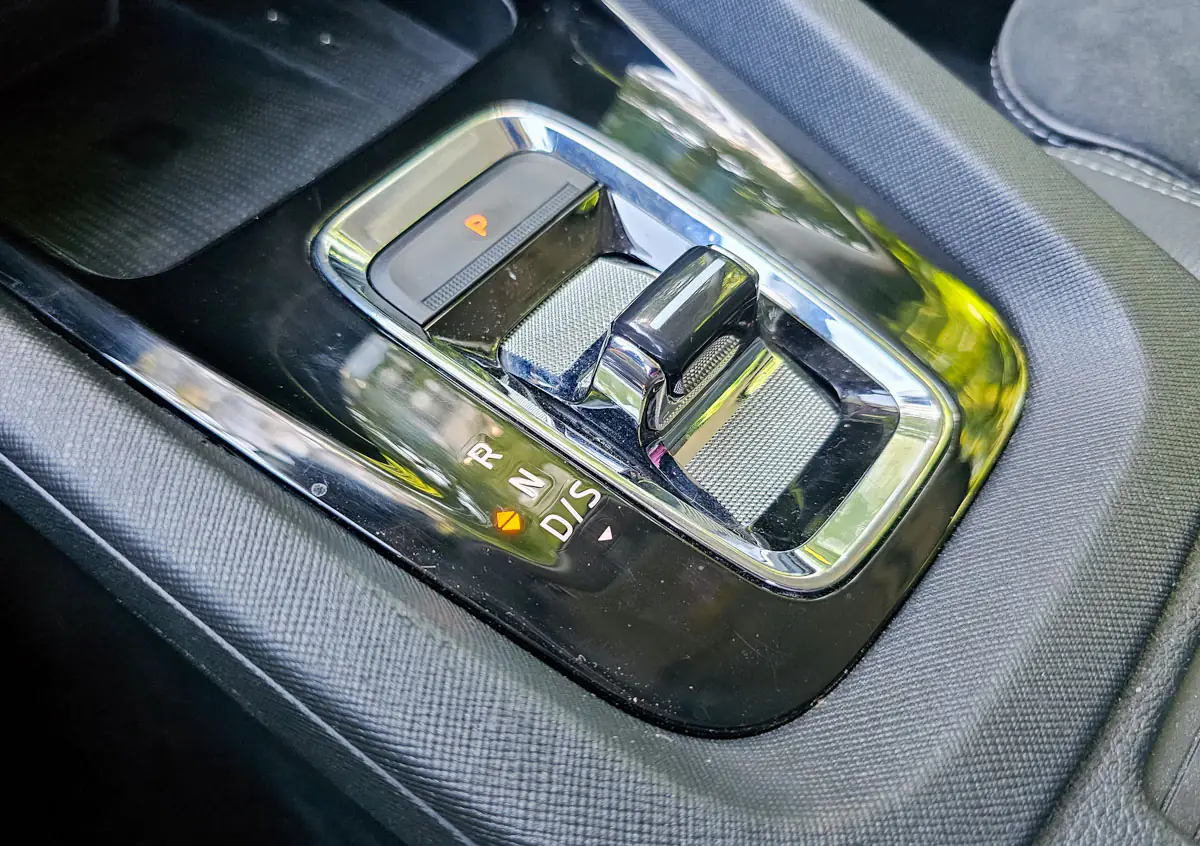
Center console
In the test configuration of the Škoda Octavia A8, there is also an electronic parking brake button that functions like a conventional lever: pull it up to engage the brake, press it to release. Of course, you can simply shift the automatic transmission mode and start moving, and the parking brake will deactivate automatically.
On the center console, there is also a compartment with two cup holders covered by a flap, another small recess for small items, and a relatively large storage area under the central armrest. The armrest itself serves as a lid—it flips back and its position can be adjusted, allowing the cushion to be extended forward for comfortable elbow placement. Overall, I have no complaints about the center console; I actually liked it because the elements and their arrangement are well thought out, which confirms that attention to detail is a real feature of the manufacturer.
Center mirror, upper console with lighting
The central mirror is equipped with an auto-dimming function and is adjusted manually. On the upper console, there’s a block with LED lights controlled by touch, an SOS button, and a compartment for glasses. Additional lighting points are located under the sun visors and are activated when the mirror cover is opened. Separate lights are also available for the rear passengers.
“Ambient light” – interior lighting
Another additional feature present in the test vehicle is ambient interior lighting, which automatically turns on in the dark. The following areas are illuminated: the footwells for the driver, front passengers, and rear passengers; a light strip under the silver plastic on the dashboard; and a strip under the chrome trim of each door handle. The default lighting color is white, but it changes to red when the doors are opened. Additionally, the main menu allows for further adjustments to the lighting parameters and color.
Read also: Škoda Auto presented an updated version of the Superb
Impressions of operating and driving the Škoda Octavia
Dynamics
Despite the fact that this 1.4 TSI engine (110 kW 150 hp) was installed in the previous test Karoq, my impressions of the Octavia are somewhat different. It feels a bit more dynamic, or at least that’s how it seems to me (it might just be an impression). This vehicle also features what appears to be the same 8-speed automatic transmission—a classic torque converter. However, there might be some differences because the transmission in the Karoq is labeled 8AG, while in the Octavia, it’s labeled 8AQ. I don’t want to delve into technical details, but if you know the exact answer, I’d be happy to hear an explanation in the comments.
Of course, the vehicles have different transmissions and suspensions, which can also affect the driving impressions. However, overall, the impressions of the dynamics are very similar. The turbo engine accelerates the car moderately from a standstill, but at speeds of 30-40 km/h, it is capable of powerful bursts, which is useful for overtaking or accelerating in the city. At the same time, turbo lag is almost imperceptible, which I like.
On the highway, the car also accelerates well to 120 km/h, and then it performs quite normally up to 160 km/h. Beyond that, it accelerates more slowly up to 180 km/h. It can go higher; I managed to push the car to 200 km/h, and it felt like the Octavia could go faster, but I simply ran out of space free from other vehicles. To remind you, with the Karoq on the same stretch, I managed to reach 180 km/h, and beyond that, it became difficult and a bit frightening.
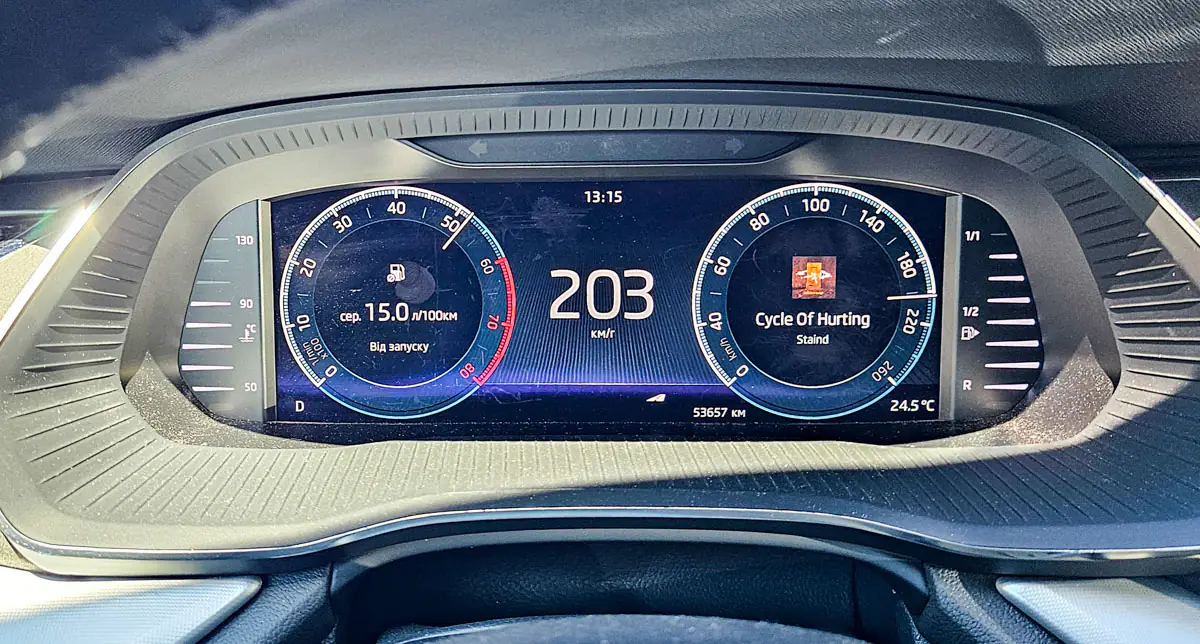
Also, it might just be my impression, but the engine sound seems different, as if the manufacturer is using special solutions for the exhaust to mimic the sound of a more powerful engine with a larger displacement when the turbo kicks in. I don’t know what people outside hear, but inside, it certainly gave that impression. It roars!
Handling and stability on the road
In this regard, everything is average, although the Octavia felt softer to me compared to the Karoq, which, based on my impressions of the suspension and handling, resembled a hatchback more than a crossover. It might partly be because the Octavia’s body is longer, but the wheelbase is almost the same, and the liftback is slightly narrower than the crossover, making the car more prone to swaying. Also, keep in mind that my test vehicle had medium-sized wheels and high-profile tires. With larger wheels and low-profile tires, the impressions might be somewhat different. Keep this in mind when configuring the vehicle.
Overall, the car handles well on the road, confidently taking corners, and I have no significant complaints— it feels like a typical large sedan (oops, I mean liftback).
Fuel consumption
On average, you can expect a real fuel consumption of 10 L/100 km in a large city like Kyiv. This is if you don’t restrict yourself in any way. To me, that’s a pretty good result for a gasoline engine (in summer, with the air conditioning on, I get about 14-15 L in similar conditions with a nearly 2.5-ton crossover). Of course, you can try to drive more economically, and then it would be around 8-9 L.
On the highway, fuel consumption depends on speed. It’s about 6 L at 80 km/h and up to 15 L at 200 km/h. So, it’s up to you to decide whether you prefer a faster pace or a more economical one.
Comfort
Overall, everything is great, especially if you’re not used to the typical high seating position of a crossover. I’m specifically referring to the seats because I remember what it’s like when your buttocks are lower and your legs are higher. Of course, you can get used to it. As I mentioned, the seats in the Octavia are quite good, with side support and lumbar support for the back, making them comfortable enough for long trips without feeling fatigued. The headroom is sufficient; I’m 186 cm tall and still have about 10-15 cm of clearance.
The increased comfort is also influenced by many factors that can be described in one word – automation. Headlights and interior lighting, windshield wipers, air conditioning, automatic music volume control depending on the speed and noise level in the cabin. All of this works without unnecessary intervention, so you can enjoy your drive without being distracted by the control of the car’s auxiliary systems.
Safety
Of course, this aspect also affects safety, as it allows you to focus more on the road conditions. Additionally, the Octavia can be equipped with many active and passive safety features. Modern cars are no longer surprising with airbags and seatbelt tensioners, and the Octavia has all of these. It also includes a fuel cutoff system, emergency unlocking of all doors, automatic activation of the hazard lights in case of hard braking, and a SOS button on the upper panel (I haven’t checked how it works, thankfully).In addition, the manufacturer offers to equip the car with various smart driving assistants: preventive cruise control, maneuvering and parking assistance, blind spot monitoring, lane keeping, traffic jam control, and more. But my test car was equipped only with a warning system and an emergency stop in case of an imminent collision with an obstacle (and once I even received a warning, although I braked on my own). For more information, check out the catalog on the website of your authorized Škoda dealer.
MyŠkoda mobile application
For remote control and monitoring of the vehicle, you can use the MyŠkoda app. You’ll need to create a user account and connect the car to a virtual garage (by entering the VIN code and security code or scanning a QR code on the car’s infotainment system).

The main functions of the app include remote locking and unlocking of the central door lock, locating the car on a map, playing the horn sound, flashing the hazard lights, monitoring key indicators and parameters, complete usage statistics for any period (odometer, fuel consumption, financial statistics for refueling), service reminders, and remote scheduling for maintenance or repairs. You can download the app from the official stores for the respective platforms.
Android:
iOS:
Conclusions
The main thing to realize is that, indeed, the Škoda Octavia A8 doesn’t have any standout feature; it’s not the kind of car that will turn heads in traffic or make pedestrians look back. It’s a typical “workhorse.” This statement could even be considered a bit of a stereotypical meme, given the brand’s popularity. When you set your mind to it, you start to notice that there are many of these models of different generations on Ukrainian roads. So, if you want to remain inconspicuous and not draw unnecessary attention, this is the car that will help you achieve that. But is this a disadvantage for the Octavia? I’m not sure—it might even be an advantage.
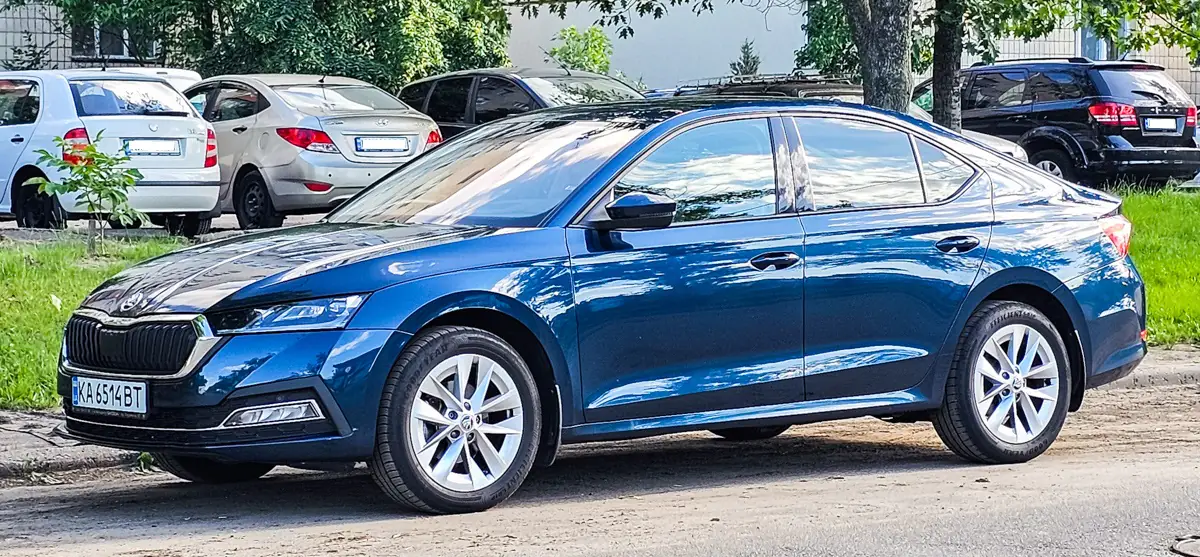
Perhaps because of all the aforementioned stereotypes about the Octavia, I didn’t expect anything extraordinary from the car. But in reality, the vehicle managed to impress me. It is indeed a modern car that, depending on the configuration, can be equipped with the most advanced developments in comfort and safety.
Liked:
- Headlights and taillights
- Keyless entry and virtual trunk button
- Very large and comfortable luggage compartment
- Interior design, torpedo trim, seat upholstery
- Instrument panel, data projection on the glass
- Infotainment system
- Wireless connection and support for Android Auto and Apple CerPlay
- Wireless smartphone charging, 4 USB Type-C ports
- Automation of all systems in general
- Suspension, chassis: handling and stability on the road
Cons:
- Personally, I miss the engine power a little bit
- Manual adjustment of the seat position in the test car
- Still a bit too weak for my taste
As you can see, the mentioned drawbacks are not related to the car itself but are specific to the configuration of the test vehicle I received. Objectively speaking, I didn’t find any significant disadvantages to the car during a week of use. Notably, after 54,000 km, the interior and exterior still look almost brand new. This leads me to conclude about the quality of the materials used and the reliable build. Therefore, the Škoda Octavia A8 can be considered an almost ideal mid-class all-rounder that I recommend paying attention to.
Read also: Škoda Auto has updated the hatchback and station wagon versions of the iconic Octavia model


